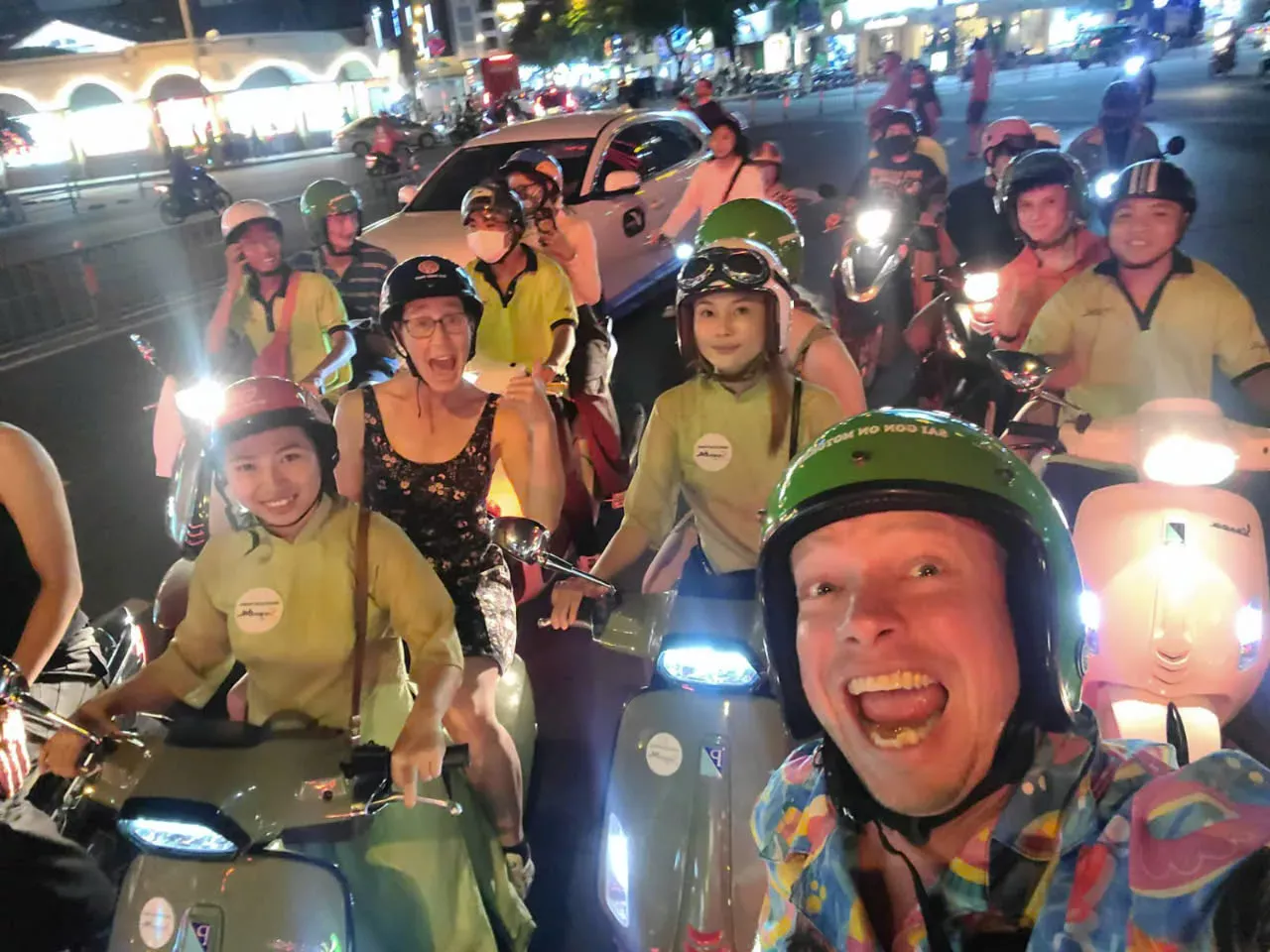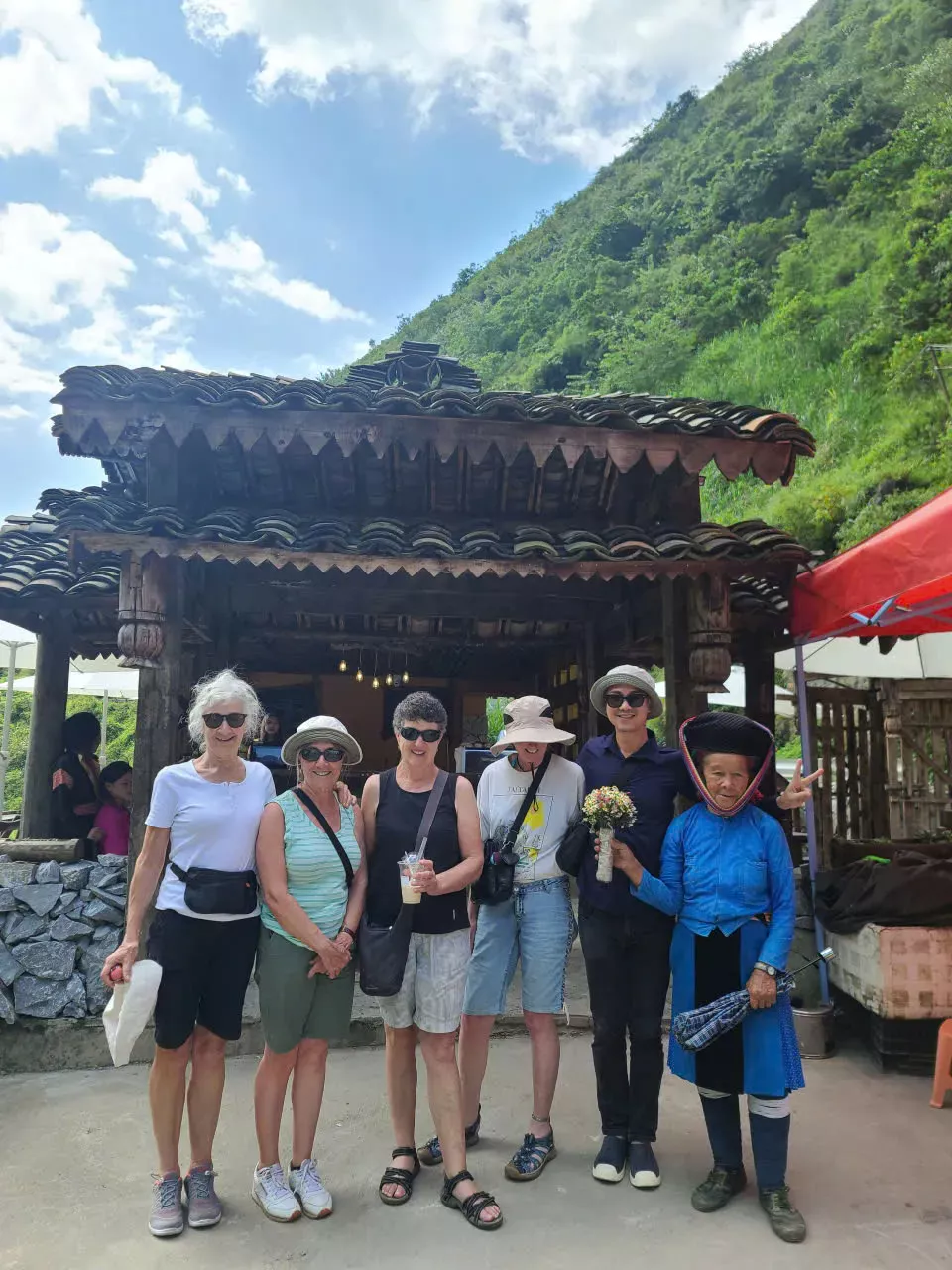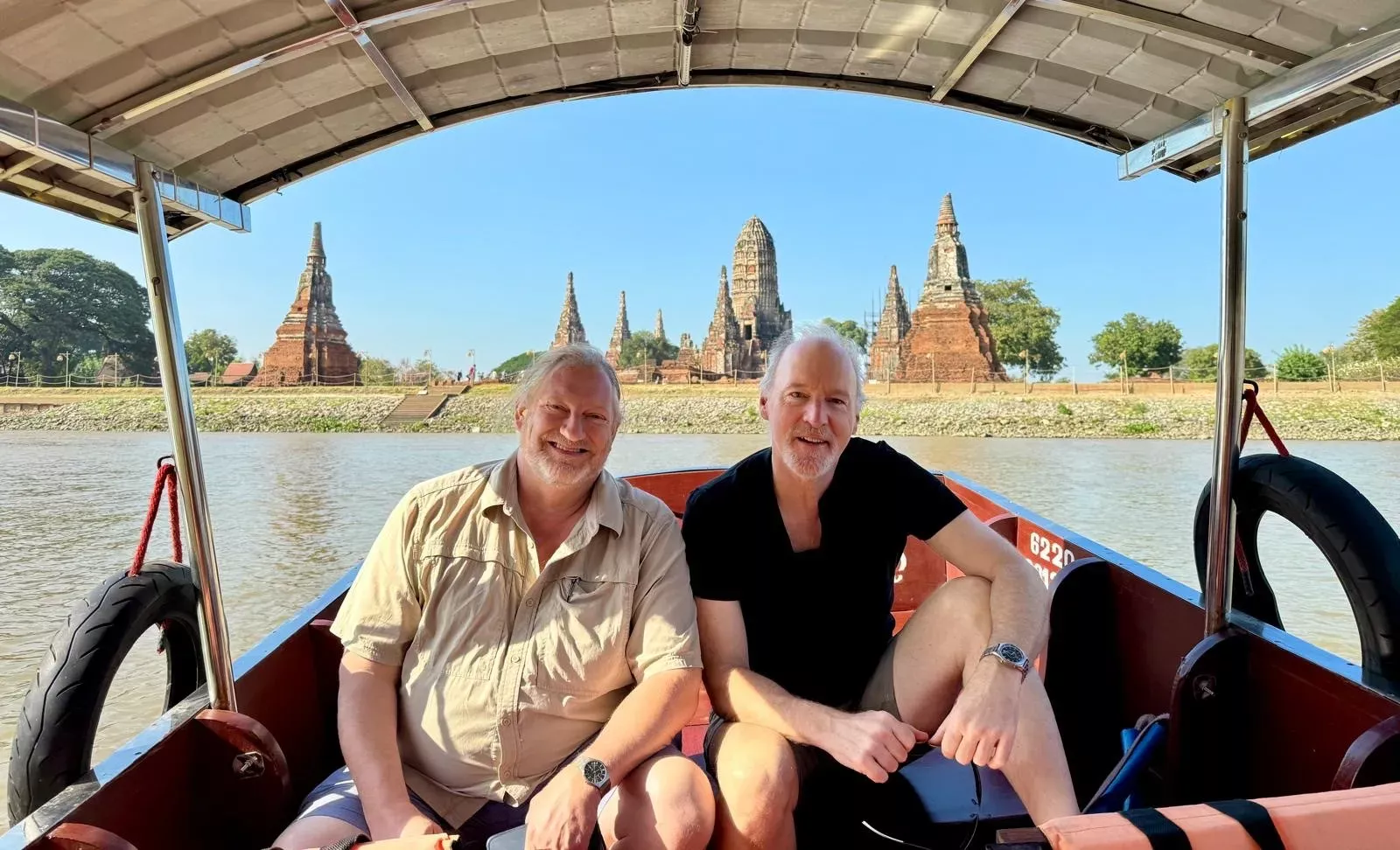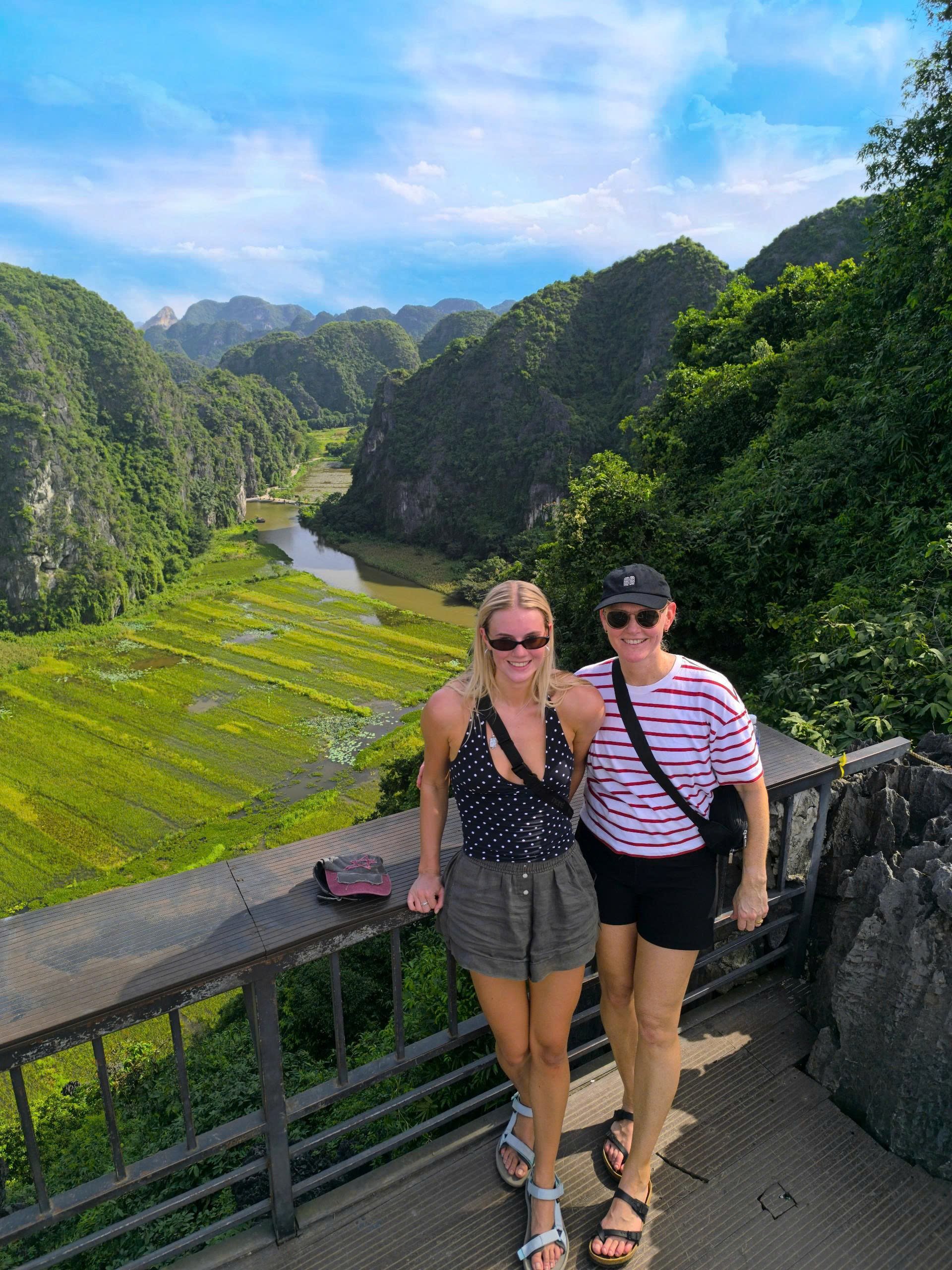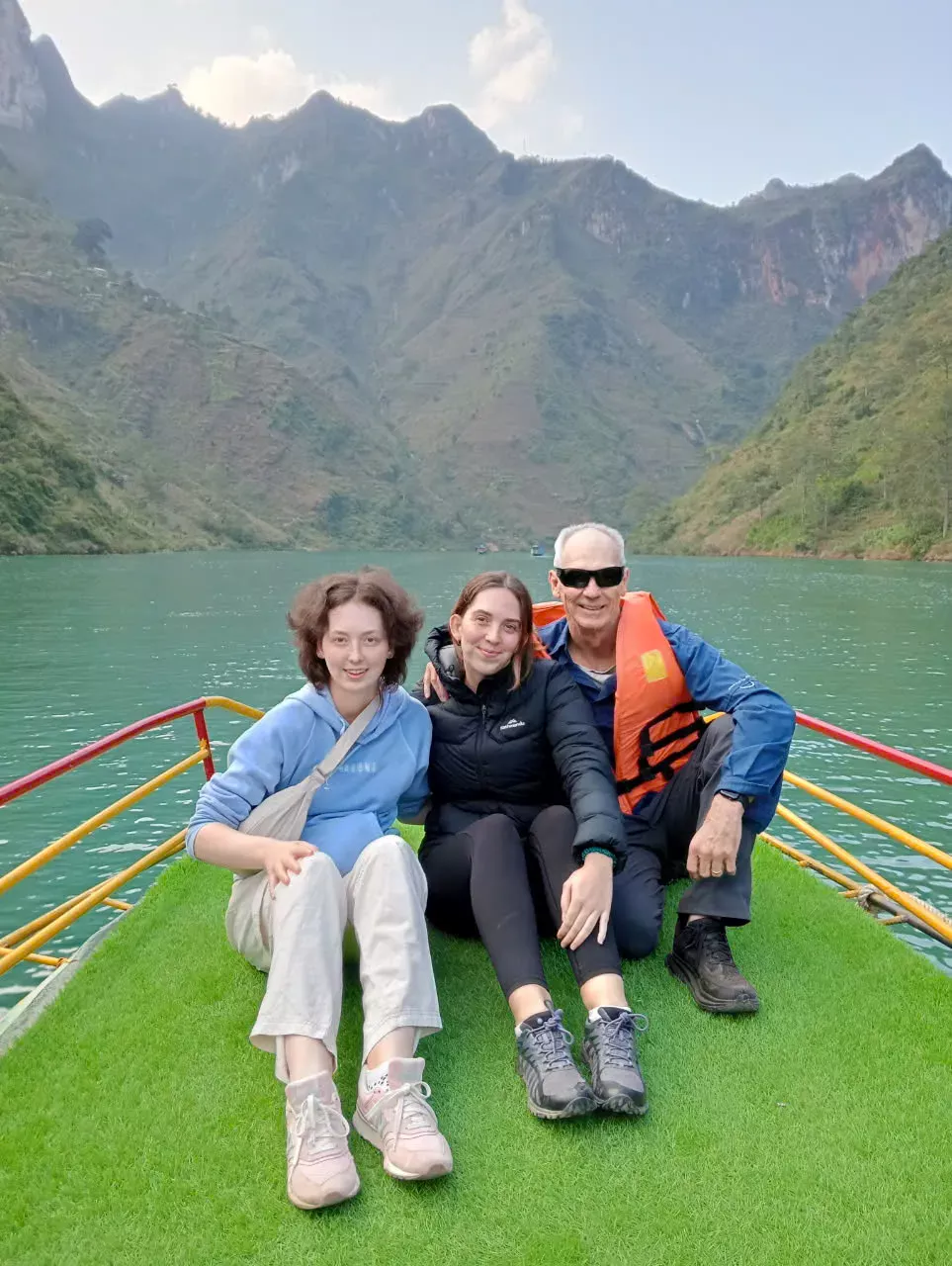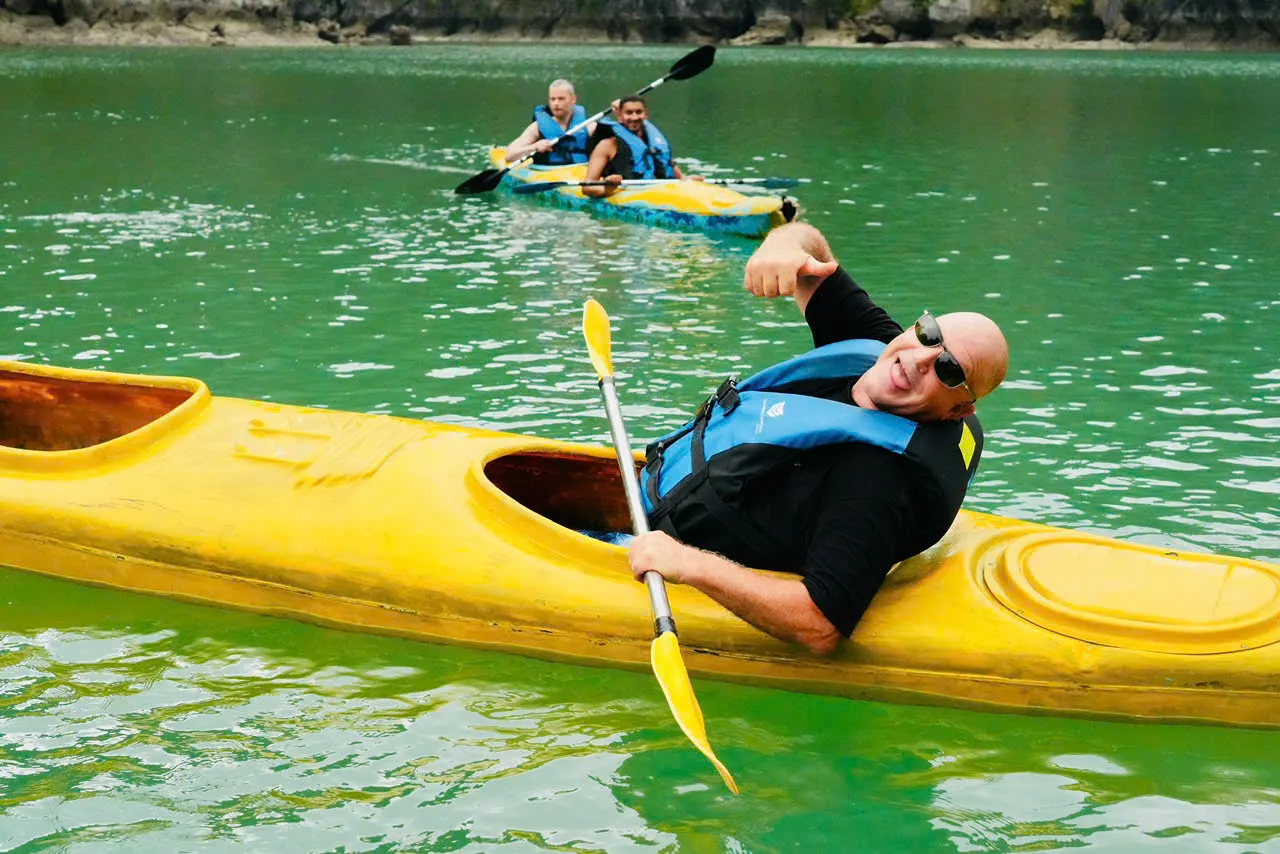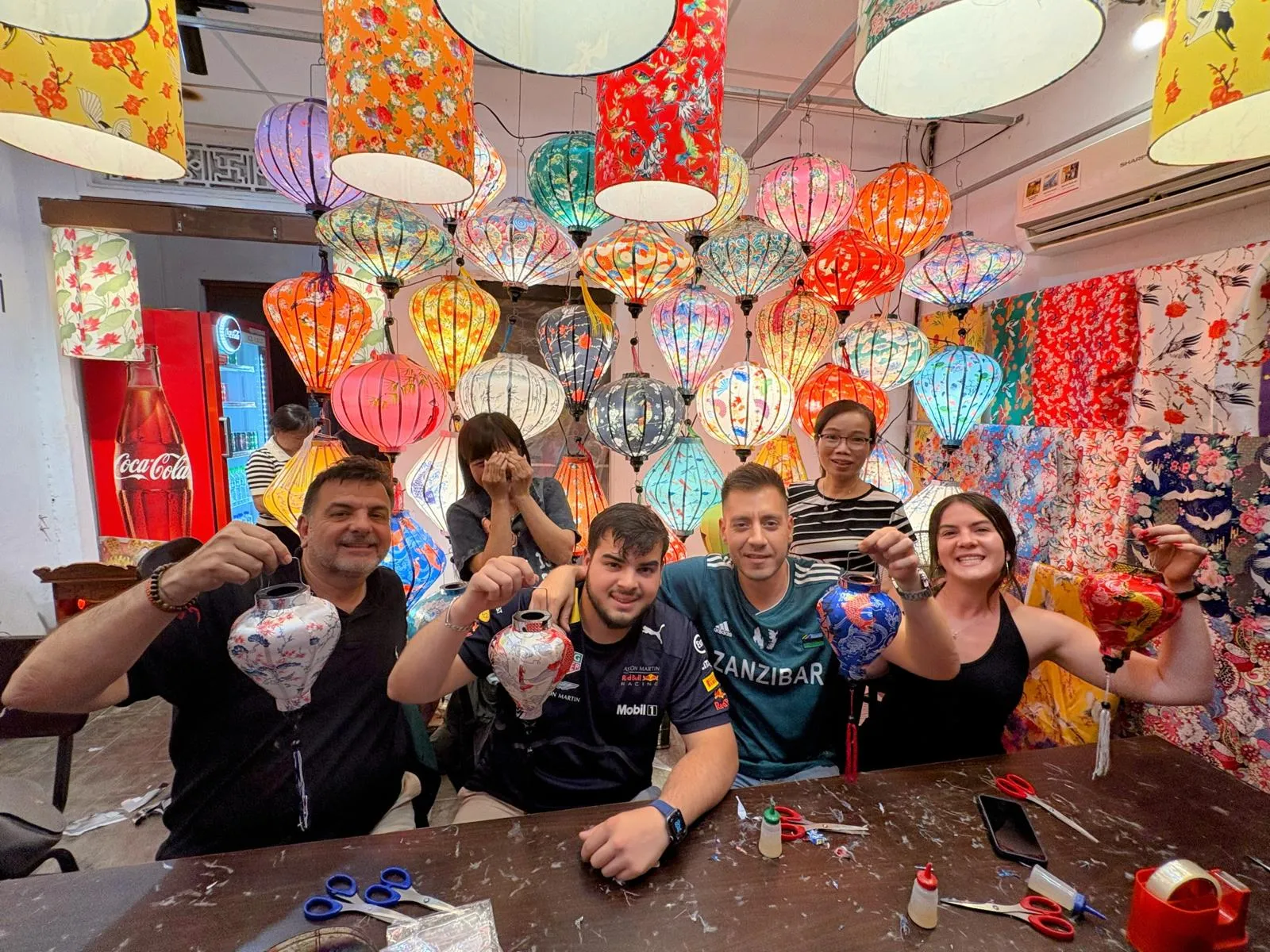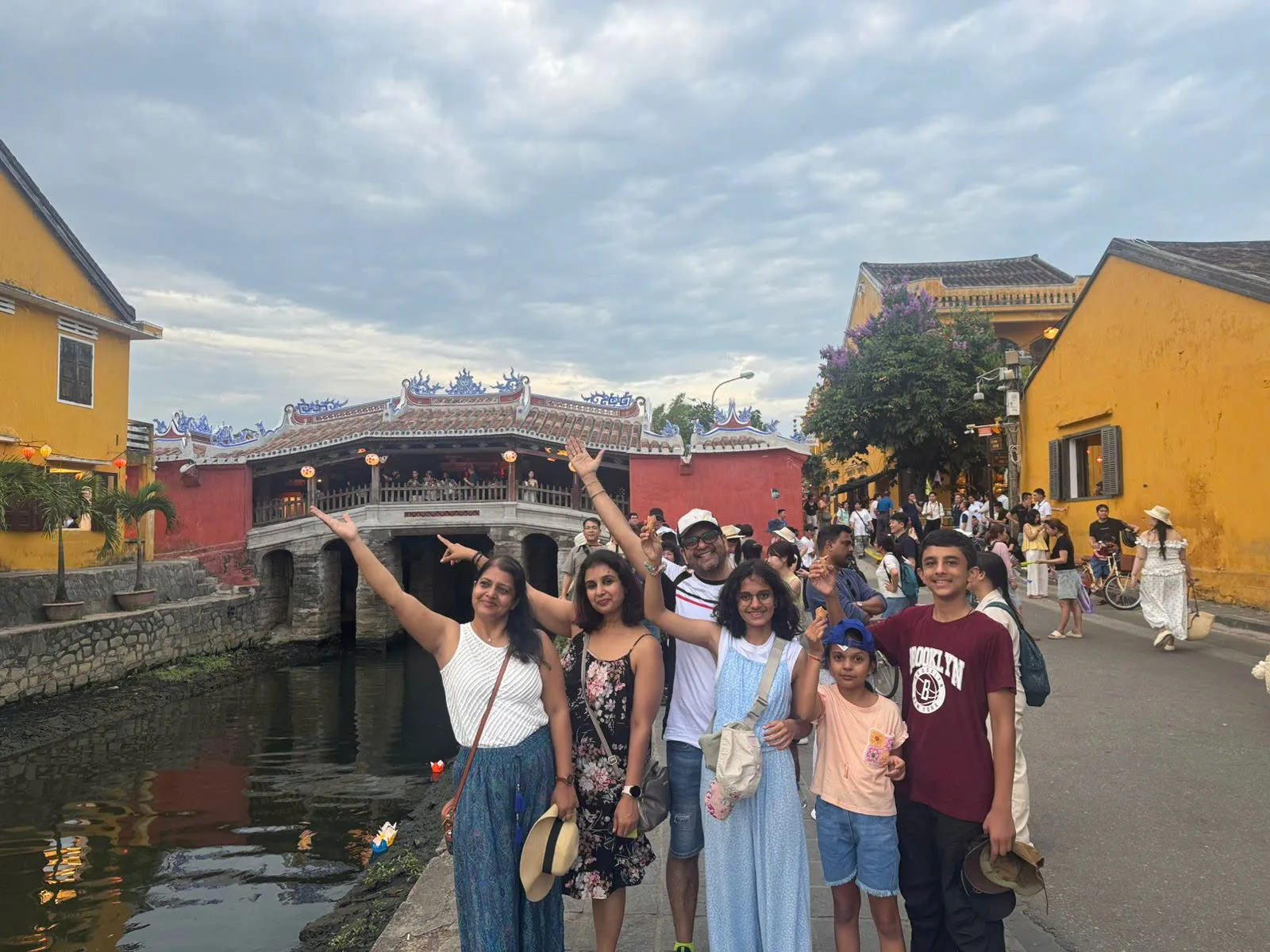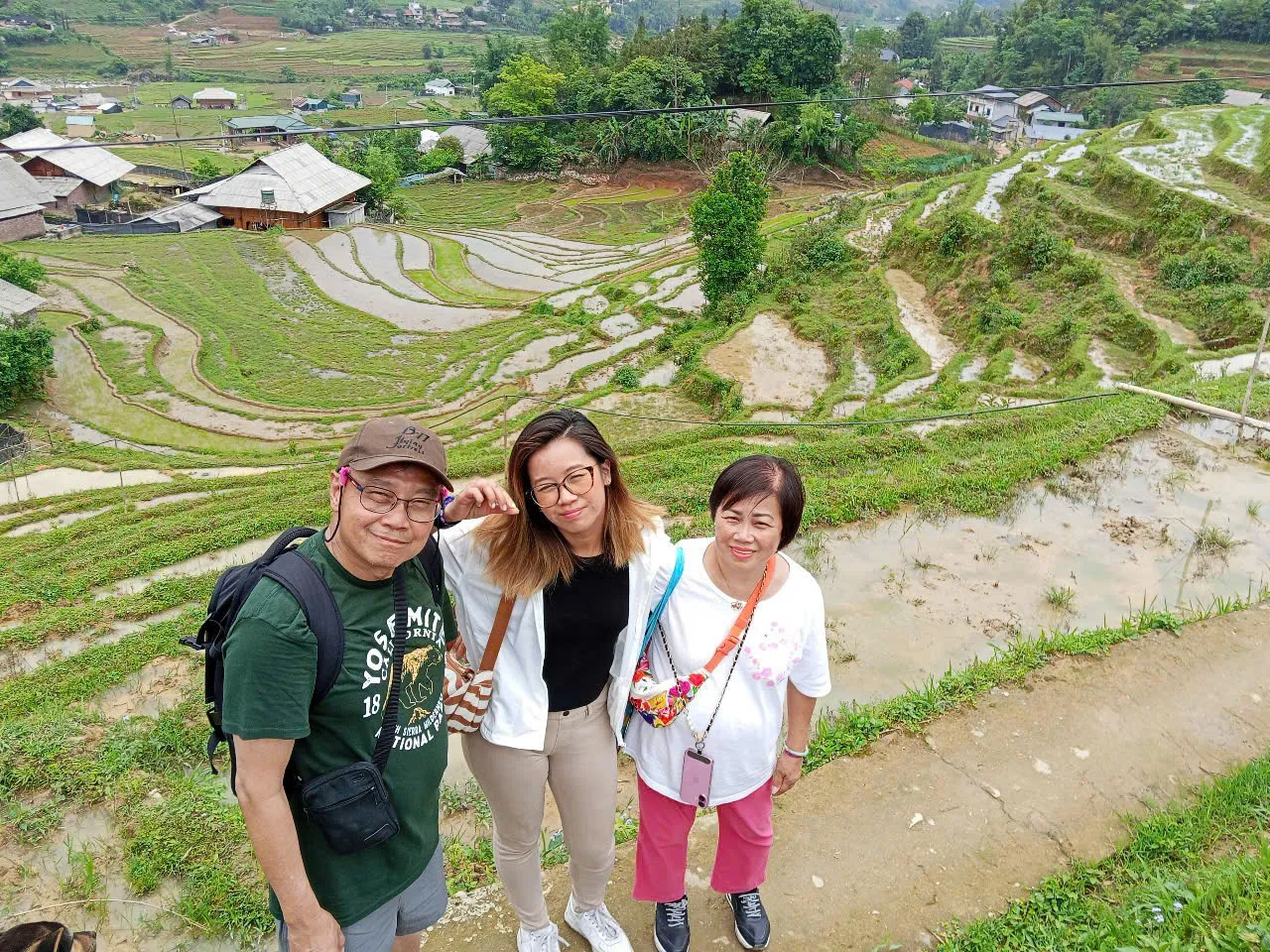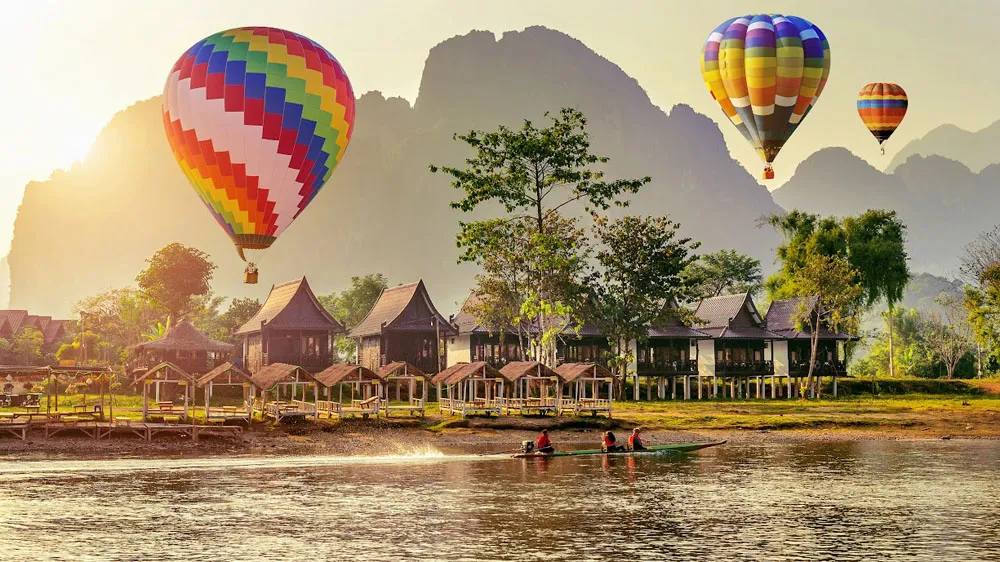
1. Why Laos will enchant you in 2026
If you’re tired of crowded beaches and selfie sticks, Laos might be your perfect escape. The country’s charm lies not in flashy attractions but in its authenticity—golden temples where monks chant at dawn, riverside towns that drift through the day, and locals who greet you with sincerity, not sales pitches.
Add to that a growing focus on eco-tourism, community travel, and heritage preservation, and Laos becomes an increasingly appealing destination for mindful explorers in 2026.
2. What’s new, fresh, and unmissable in Laos
Laos is quietly evolving. In 2026, you’ll find more sustainable homestays, organic farms, and curated cultural experiences than ever before. Trekking routes in the north are being redefined with better trails and ethical guides. Slow-boat journeys now offer comfortable cabins. Luang Prabang’s art scene is blossoming with locally curated galleries.
The country is embracing change—but on its own terms. Don’t expect neon nightlife or mega-malls. Expect stilted wooden homes, jungle paths, herbal saunas, and perhaps the best sunset you’ve ever seen.
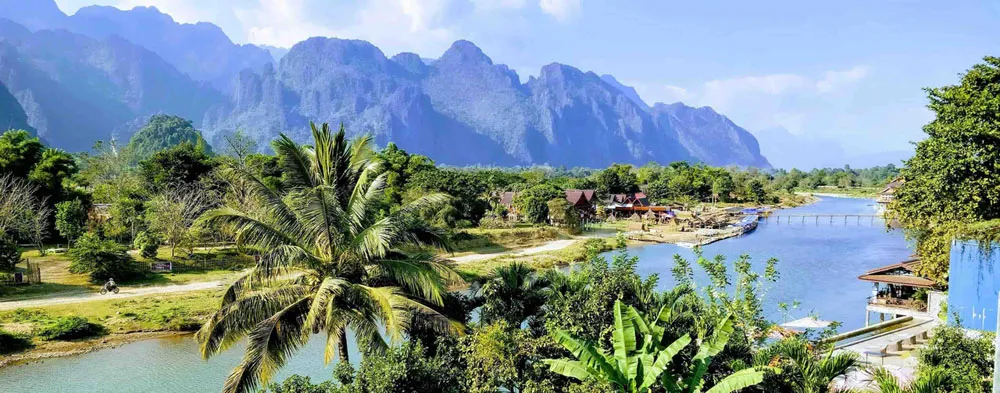
3. Key things to know before you arrive in Laos
Culture and customs
Laotians value humility, respect, and quiet dignity. When entering temples or homes, remove your shoes. Avoid loud behavior or public displays of affection. Dress modestly, especially around monks.
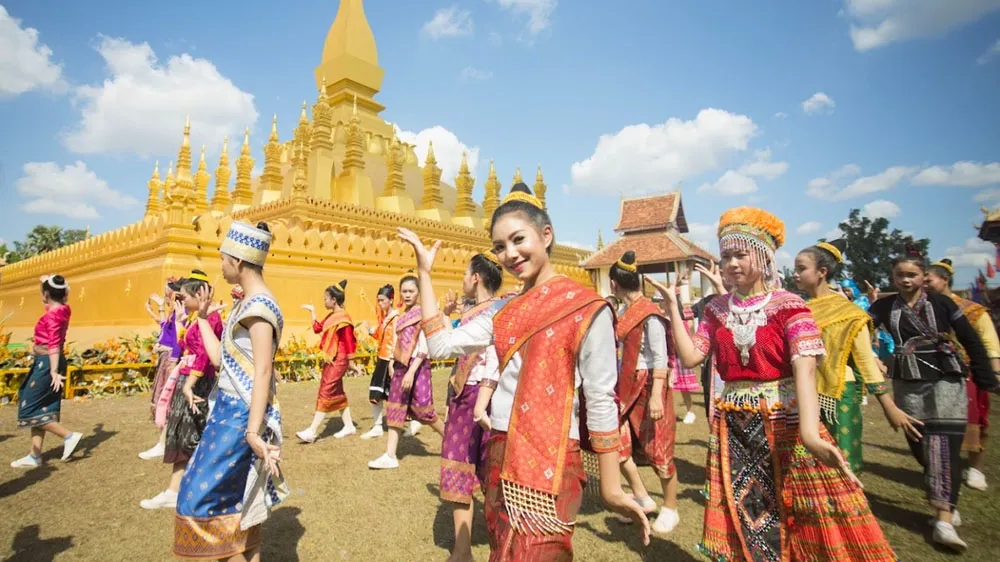
Language and money
The currency is the Lao Kip (LAK). US dollars and Thai baht are accepted in tourist zones. English is spoken in main hubs, but learning basic Lao phrases like “Sabaidee” (hello) and “Khop jai” (thank you) goes a long way.
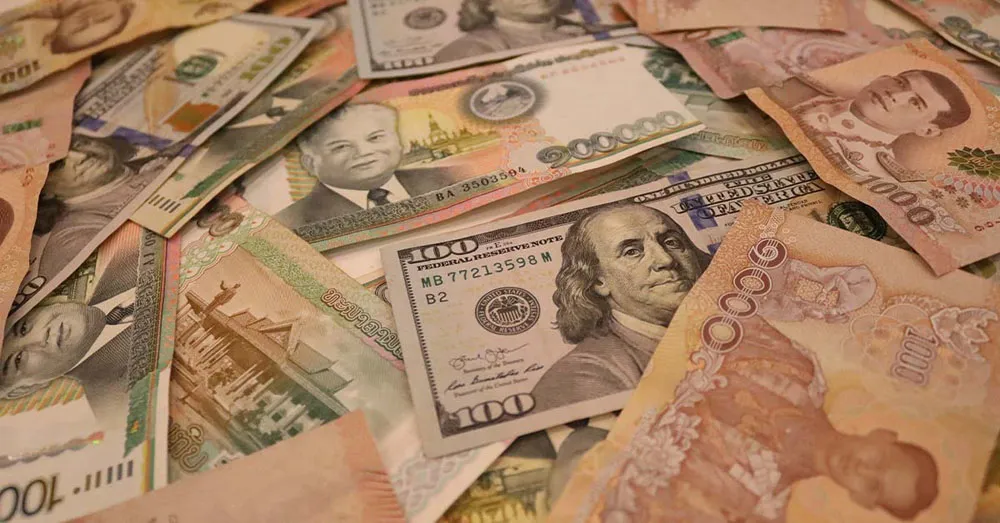
Connectivity
SIM cards are widely available—Unitel and Lao Telecom offer good coverage. Bring a power bank, especially if you’re heading into the countryside.

4. Visas and entry made easy
Most visitors can get a 30-day visa on arrival at major international airports and land borders. The process is smooth—just bring a passport valid for six months, a passport photo, and $30–45 USD in cash.
You can also apply online via the official Laos eVisa portal. It’s ideal if you want to skip the paperwork at the airport and enter via key points like Wattay International Airport or the Lao–Thai Friendship Bridge.

5. The best time to explore Laos
Laos is a year-round destination, but here’s what to expect:
-
Cool season (Nov–Feb): Pleasant temperatures, clear skies—perfect for exploring cities and trekking.
-
Hot season (Mar–May): Fewer tourists and lush green landscapes, though it gets humid.
-
Rainy season (Jun–Oct): Dramatic downpours, misty mountains, and spectacular waterfalls.
Plan around these 2026 festivals:
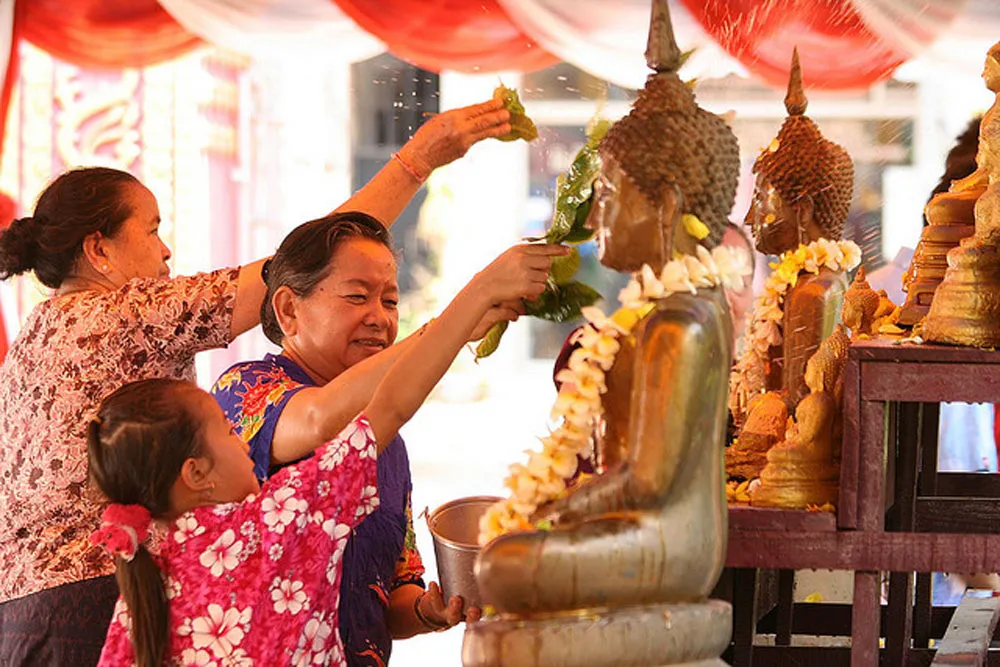
that-luang-festival-november
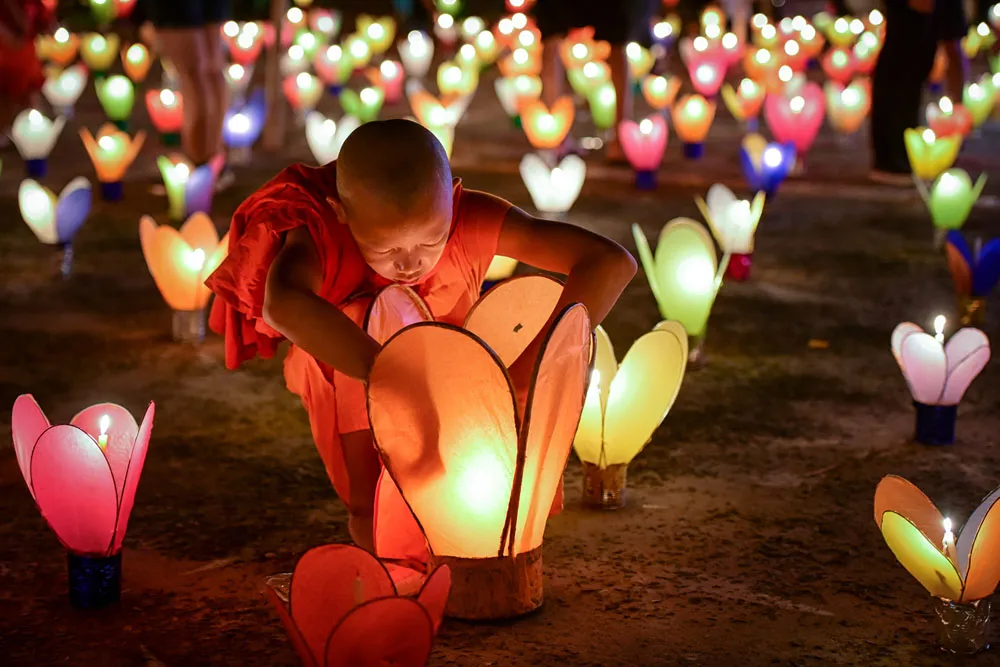
6. How much a trip to Laos really costs
Laos remains one of Southeast Asia’s most budget-friendly countries. Here’s a rough daily budget guide:
-
Budget travelers: $25–40 (hostels, tuk-tuks, local food)
-
Mid-range: $50–90 (guesthouses, domestic flights, tours)
-
Luxury: $120–250+ (resorts, private drivers, boutique dining)
You can enjoy comfort and cultural depth without overspending. Bonus: many temples, festivals, and nature sites are free or donation-based.
7. Where to go: Laos’ most captivating destinations
Luang Prabang: The heart of Lao heritage
Golden stupas, saffron-robed monks, and quiet French architecture make Luang Prabang unforgettable. Visit Wat Xieng Thong, climb Mount Phousi for sunset, and swim in the turquoise waters of Kuang Si Falls. Don’t miss the night market and a Mekong dinner cruise.
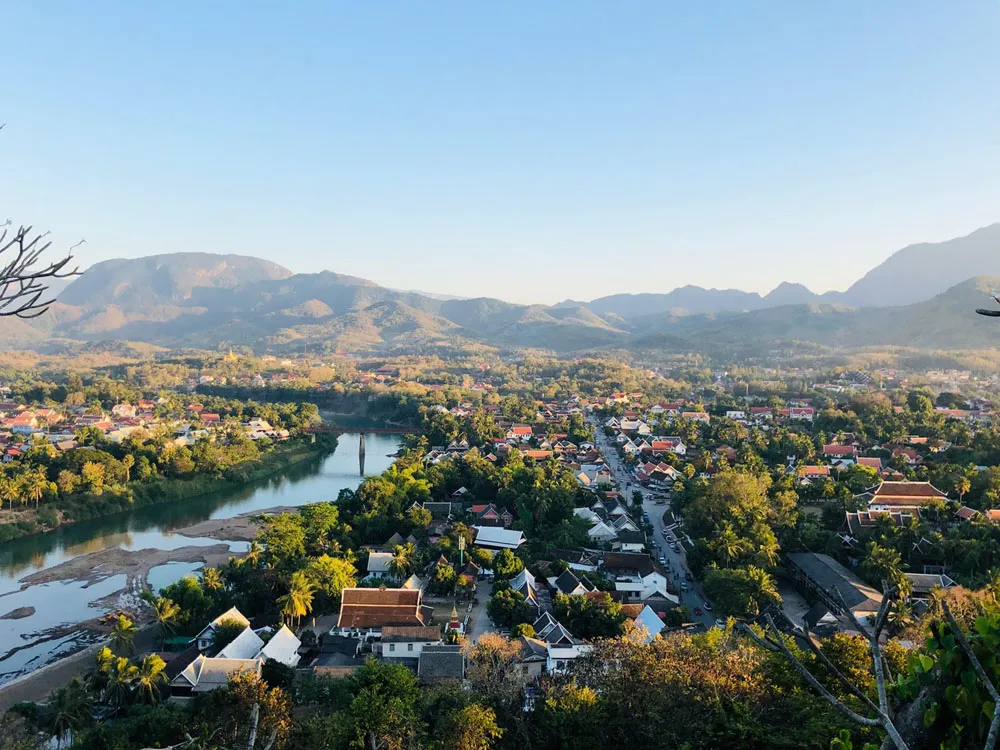
Vang Vieng: Limestone landscapes and riverside adventure
Once a backpacker party hub, Vang Vieng is now an eco-tourism paradise. Think kayaking, ziplining, hot air balloon rides, and cave exploration—backed by stunning karst mountains and emerald rice paddies.
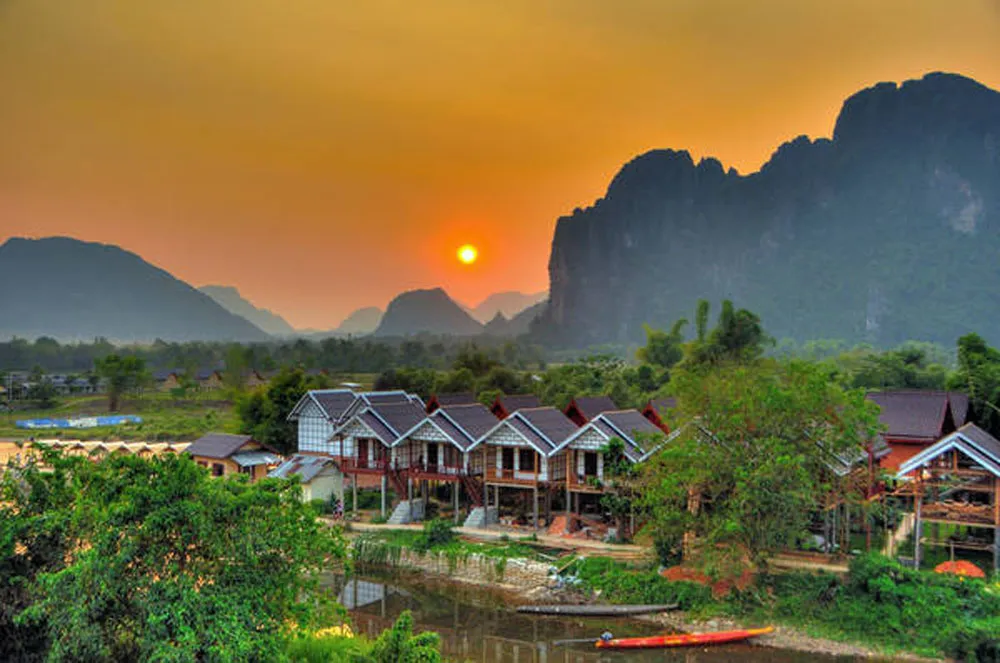
Vientiane: A slow-moving capital with spiritual soul
Vientiane mixes colonial charm with sacred sites. Visit the Pha That Luang stupa, admire Patuxai (the Lao Arc de Triomphe), and stroll the riverside promenade at sunset. The food scene here is surprisingly diverse—try both street food and French bistros.
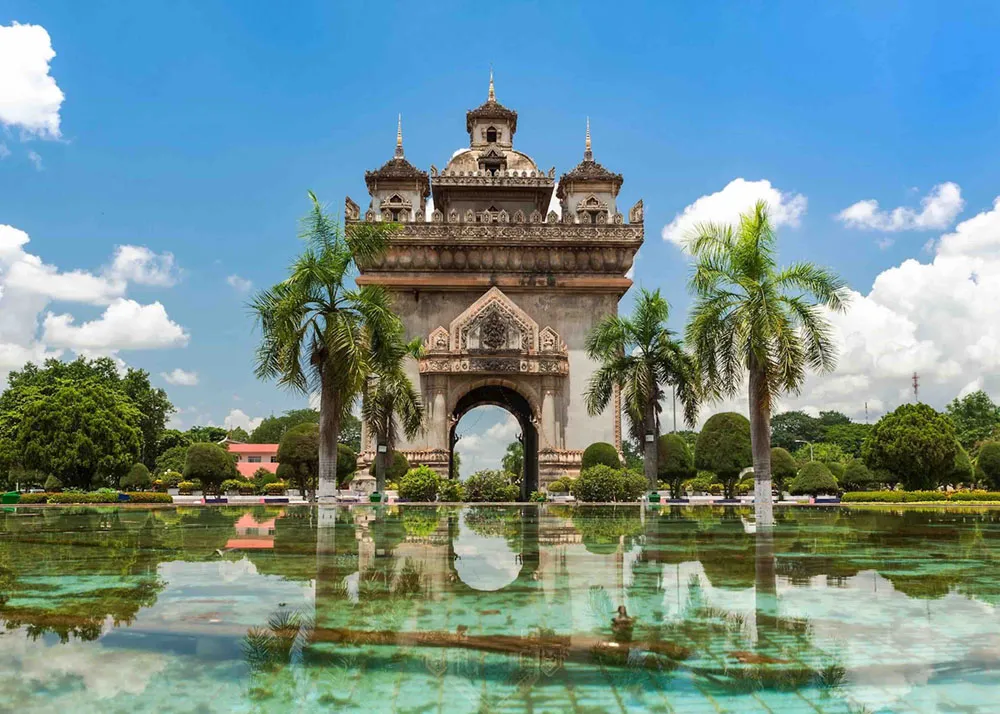
Pakse and the Bolaven Plateau: Coffee trails and waterfalls
In the south, cool breezes and fertile soil define the Bolaven Plateau. Visit coffee plantations, trek to remote villages, and chase waterfalls like Tad Fane and Tad Yuang. Base yourself in Pakse or Paksong for convenient access.
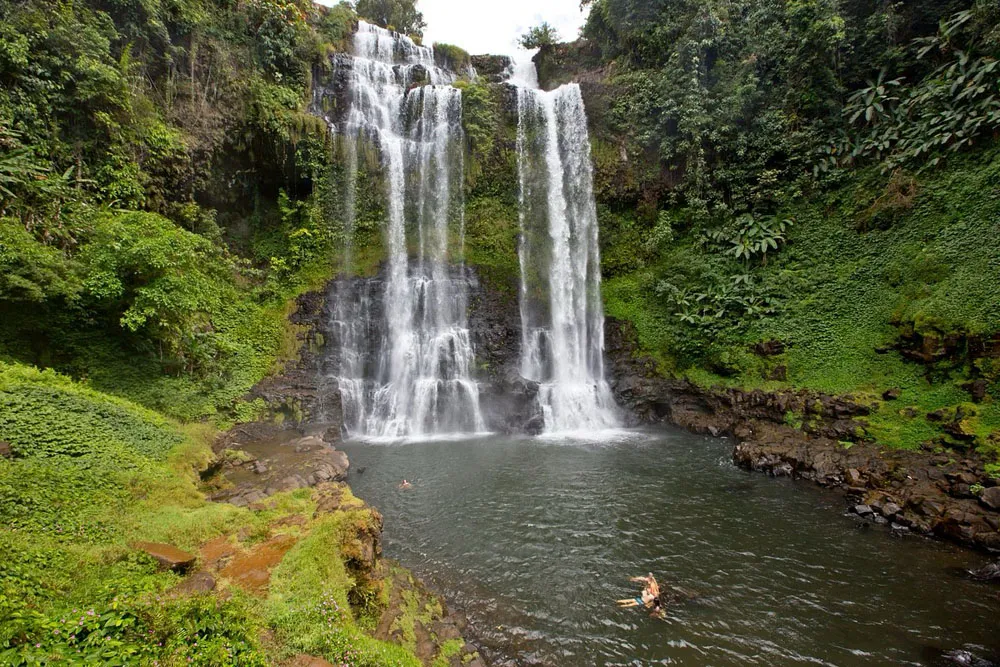
4000 Islands (Si Phan Don): Drift into pure relaxation
Near the Cambodian border, this archipelago offers ultimate tranquility. Stay on Don Det for backpacker vibes or Don Khone for a quiet bungalow. Cycle between rice fields, spot Irrawaddy dolphins, or simply swing in a hammock with a view.
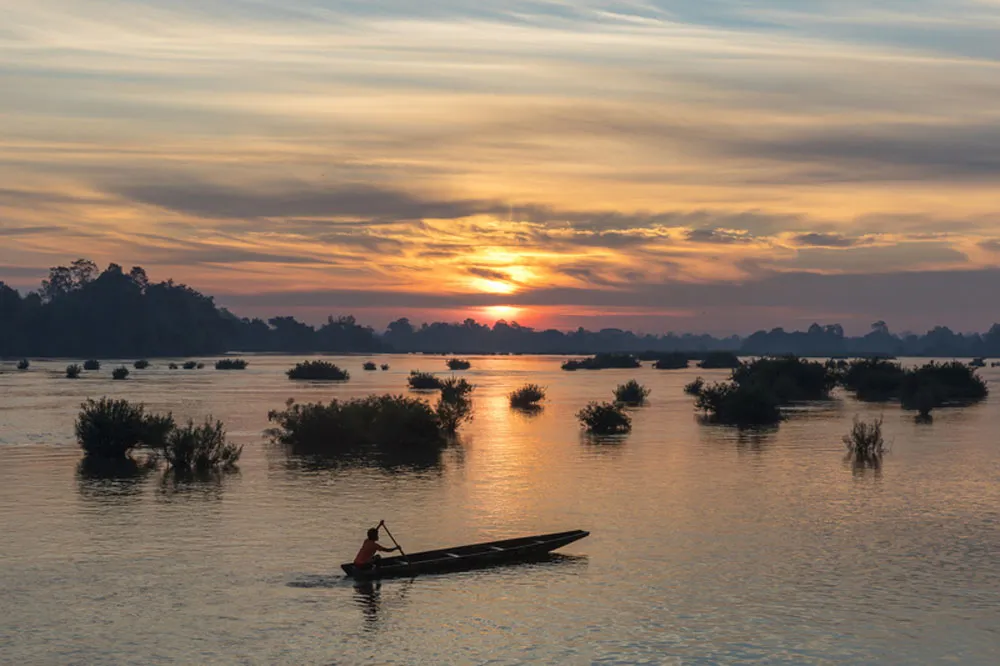
8. Top experiences you won’t forget
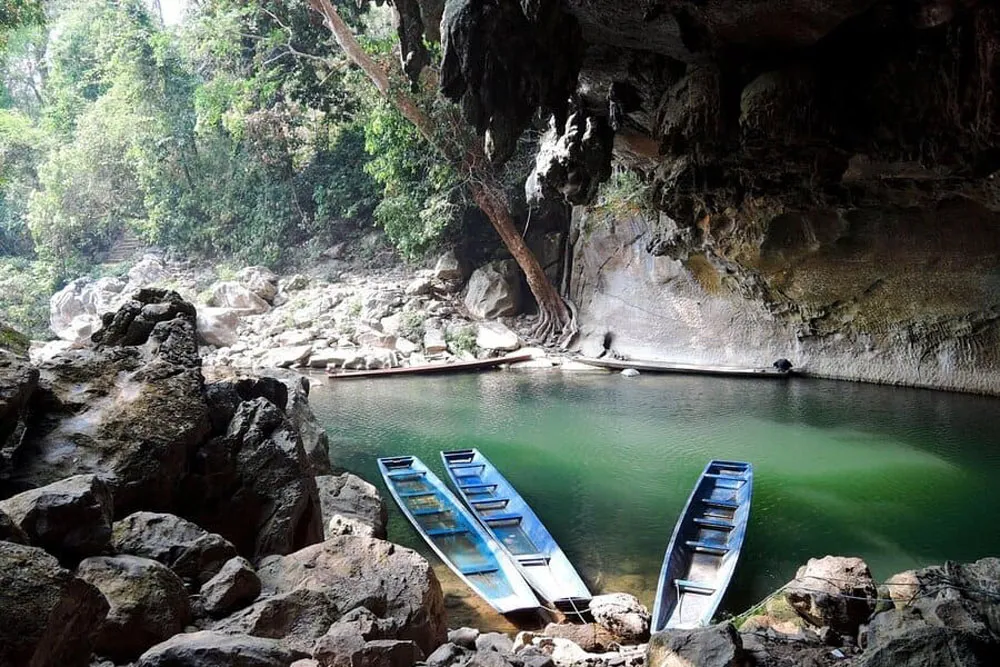
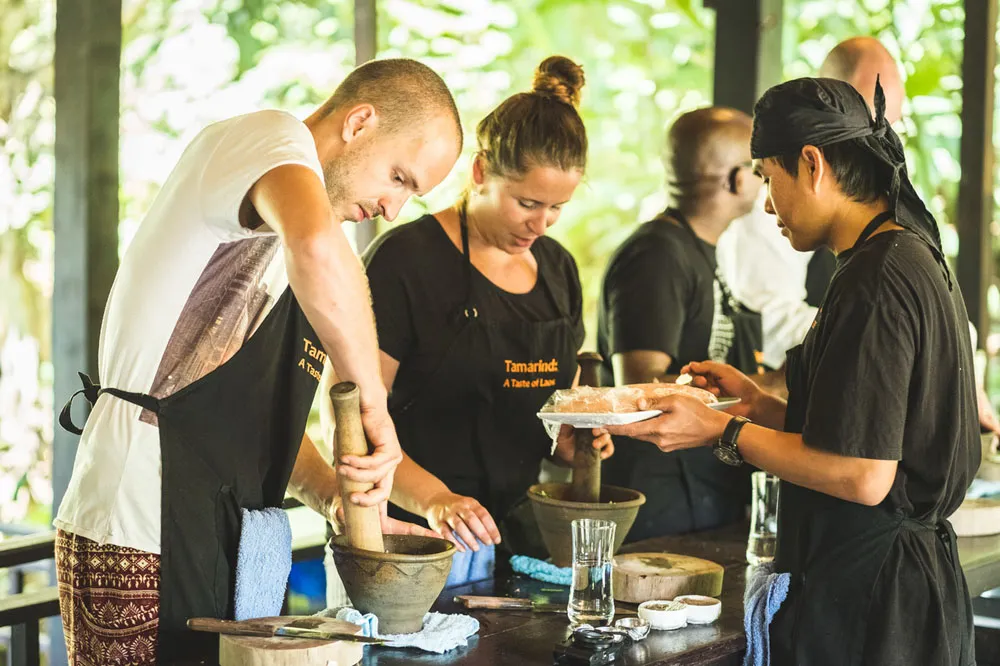
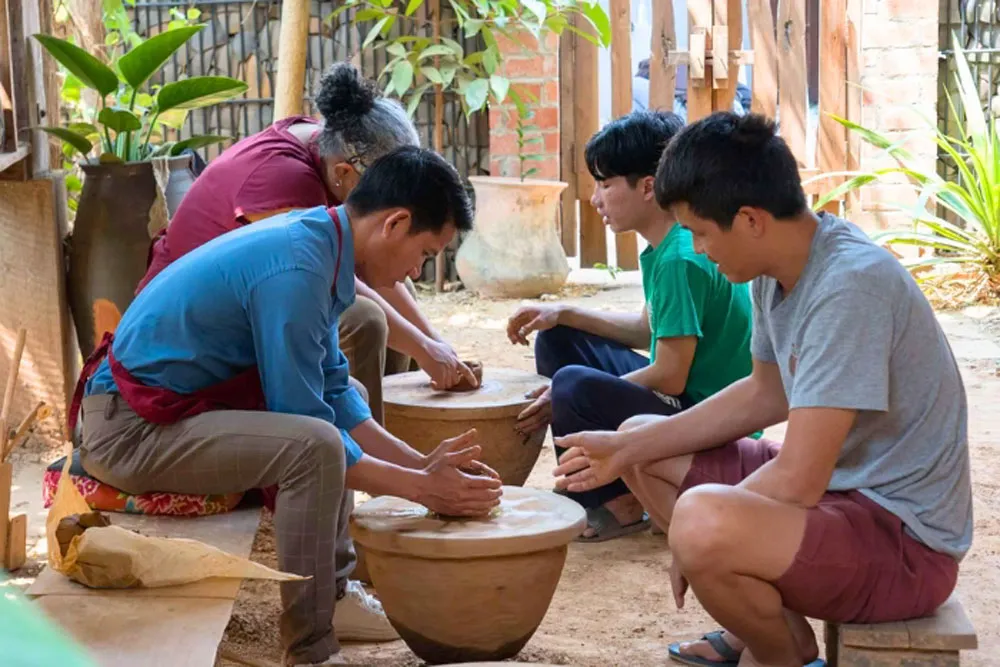
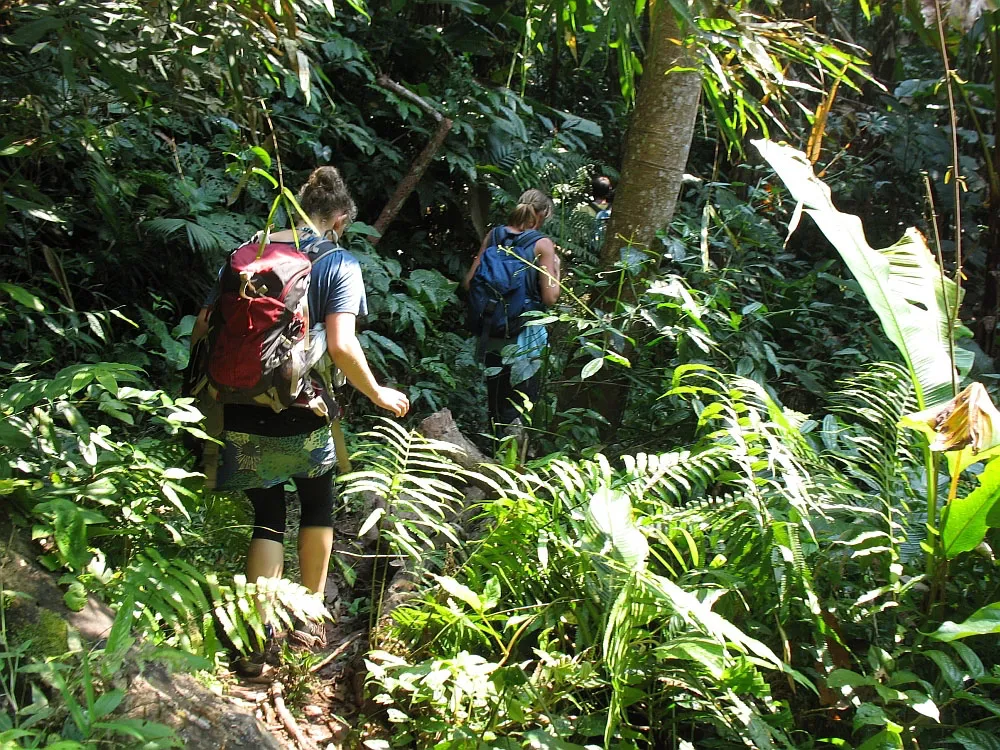
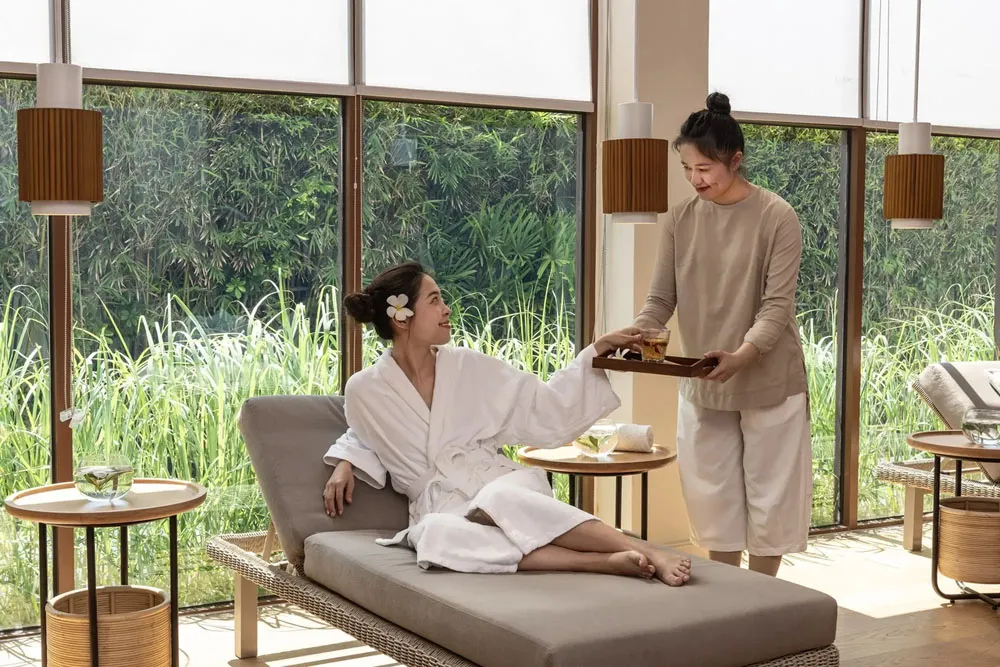
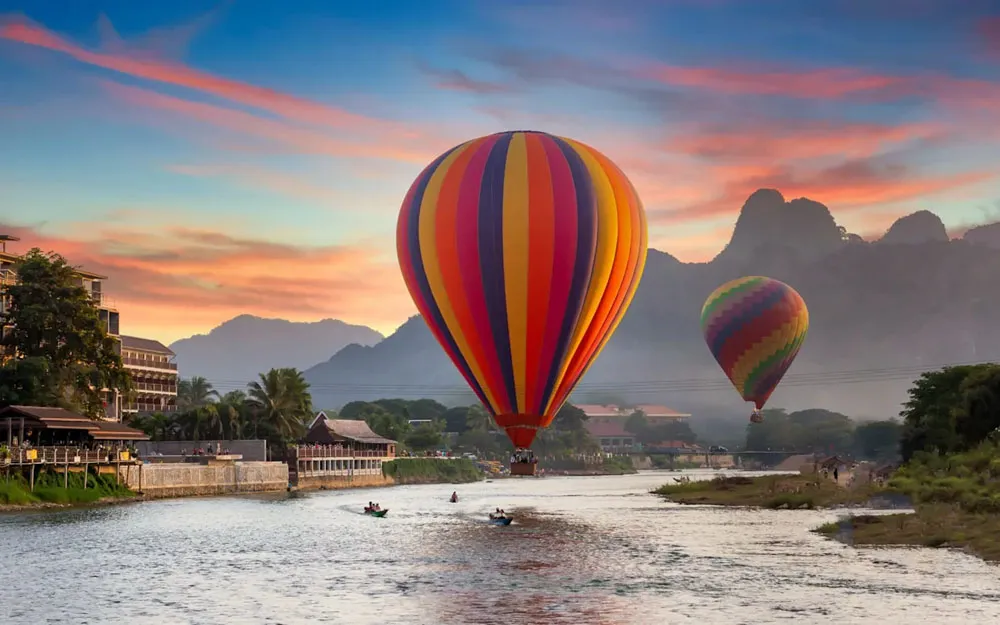
9. Dive into Lao culture: Ancient rituals and everyday kindness
Laos is deeply Buddhist, and spirituality infuses daily life. Attend a morning alms ceremony, sit quietly at a temple, or join a Baci blessing ritual in a local home. Cultural experiences here are intimate, not staged.
Don’t miss a village homestay in Nong Khiaw, Muang Ngoi, or Luang Namtha. Sleep in a stilt house, share meals with your host, and listen to local stories around the fire. It’s the most respectful way to connect with the Lao way of life.
10. For thrill seekers: Adventures in every province
If nature fuels your travel, Laos won’t disappoint. Here are just a few ways to get your pulse racing:
-
Rock climb dramatic cliffs in Vang Vieng
-
Zipline and sleep in a jungle treehouse in the Gibbon Experience
-
Kayak the Nam Ou River through lush valleys
-
Bike across Don Khong or the Bolaven Plateau
-
Hike through national parks and swim under hidden falls
-
Explore caves like Tham Chang or Tham Kong Lo with a headlamp and guide
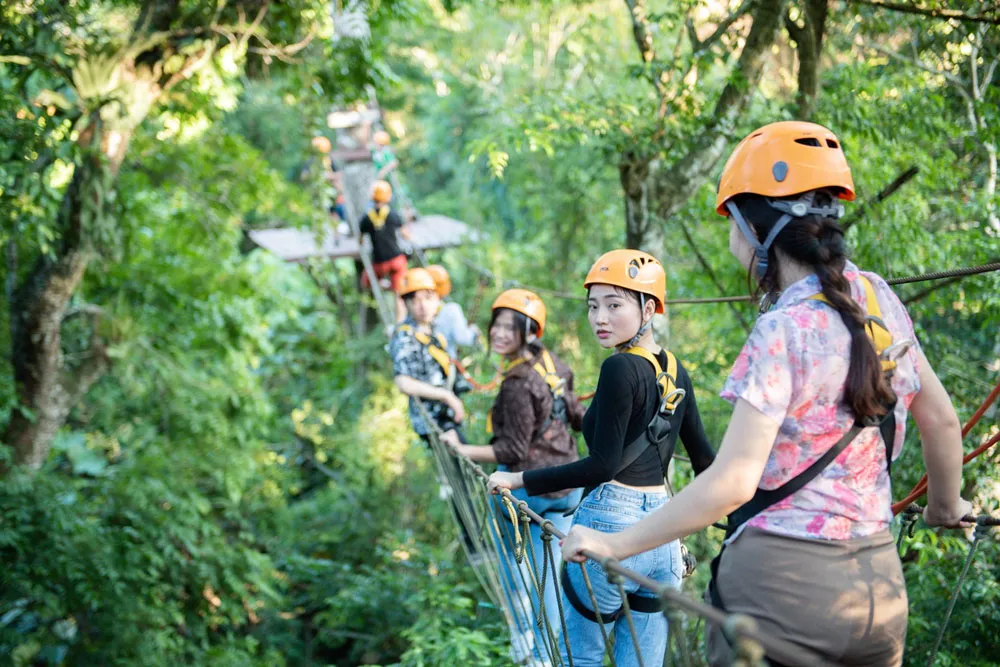
11. What to eat in Laos: A flavor-packed food journey
Lao food is vibrant, herbaceous, and designed to be shared. One dish you must try is laap, a zesty minced meat salad with lime, fish sauce, mint, chili, and toasted rice powder. Eaten with sticky rice, it’s spicy, refreshing, and totally addictive.
Other must-try dishes include or lam, a rich stew with buffalo meat, eggplant, and aromatic herbs; tam mak hoong, the Lao papaya salad (far funkier than Thailand’s); and khao piak sen, a comforting noodle soup perfect for cooler days.
For breakfast, don’t miss a khao jee—a Lao-style baguette filled with pork, herbs, and pâté. Grab one at a street cart or the morning market in Luang Prabang. For dinner, head to Tamarind or Manda de Laos for beautiful presentations of local cuisine.
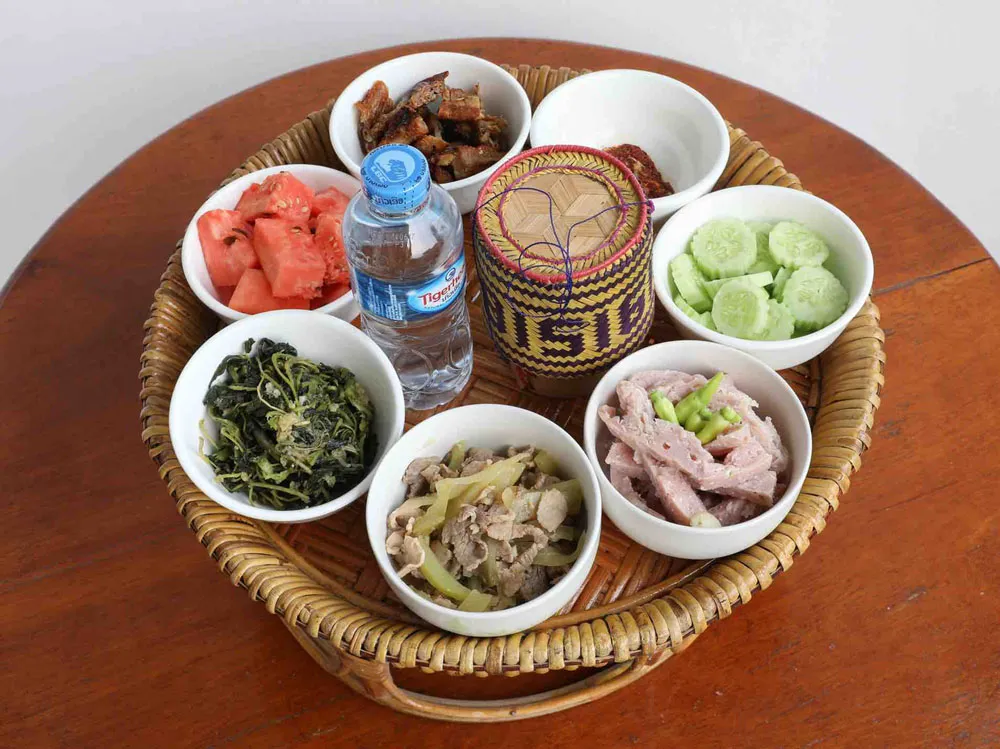
12. Travel tips to make your trip smoother
Getting around
Minivans and sleeper buses connect major towns. Book “VIP” buses for comfort. In towns, walk, cycle, or take tuk-tuks. Roads are improving but can still be bumpy in remote areas—pack patience.
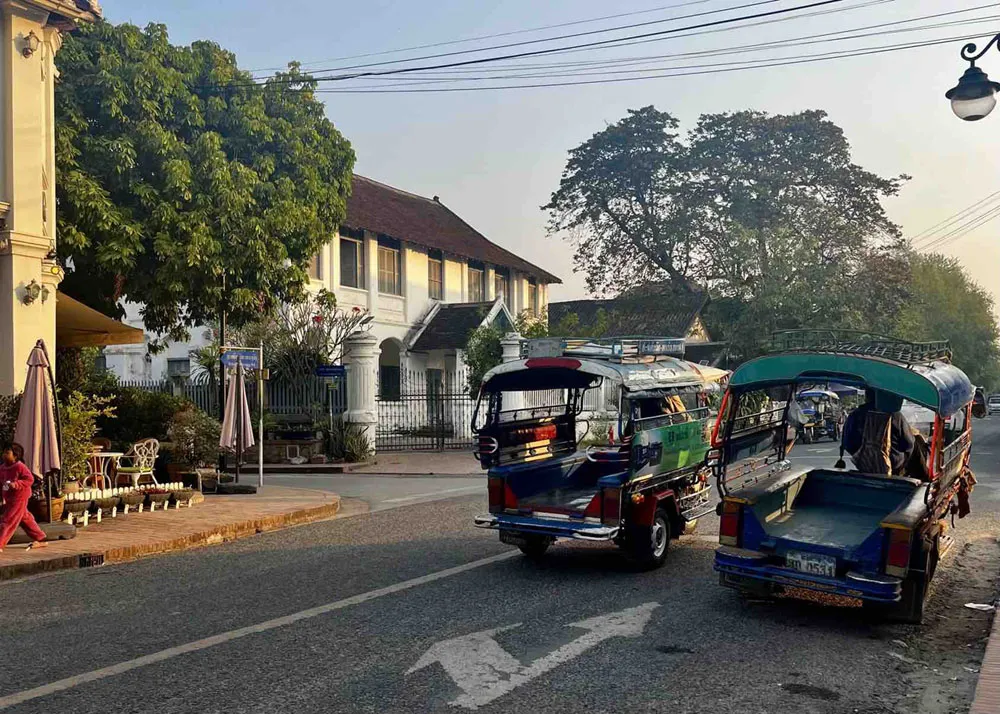
Staying safe and healthy
-
Stick to bottled or filtered water
-
Bring mosquito repellent and sunblock
-
Avoid uncooked food in rural areas
-
Keep valuables hidden and carry a copy of your passport
-
Pharmacies are easy to find in towns, but bring any essentials
Cultural do’s and don’ts
-
Don’t touch anyone’s head or point your feet at people or sacred images
-
Dress modestly at temples (shoulders and knees covered)
-
Remove shoes before entering homes and temples
-
Use both hands when giving or receiving something
-
A smile and a soft tone go a long way
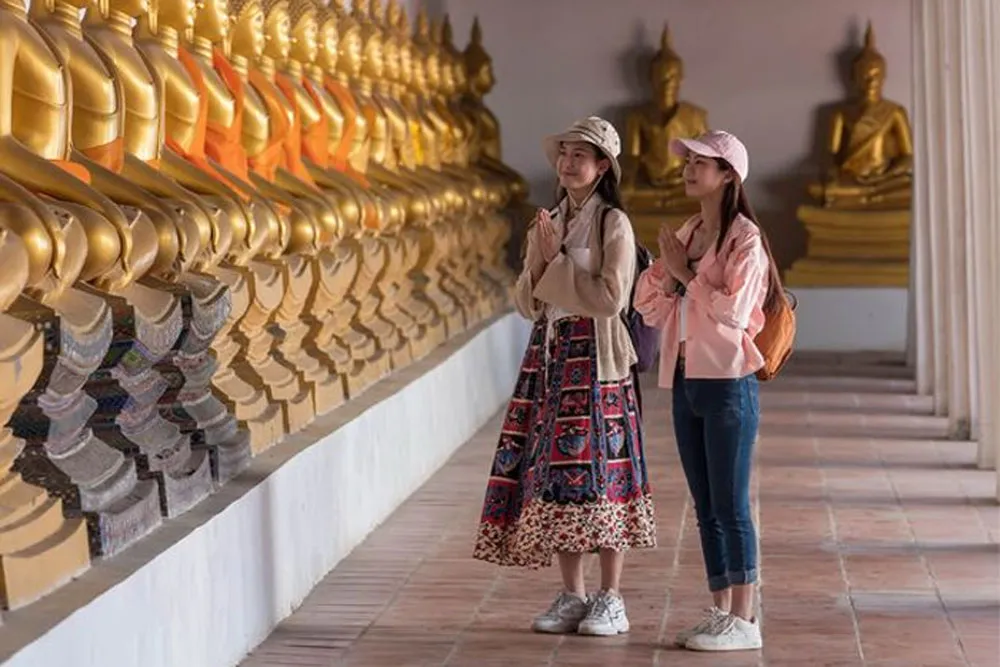
13. What to pack for Laos in 2026
-
Light, breathable clothing
-
A scarf or sarong for temples
-
Comfortable walking shoes or sandals
-
Rain jacket (especially from June to October)
-
Power bank and universal adapter
-
Water bottle with filter
-
Headlamp for caves and rural stays
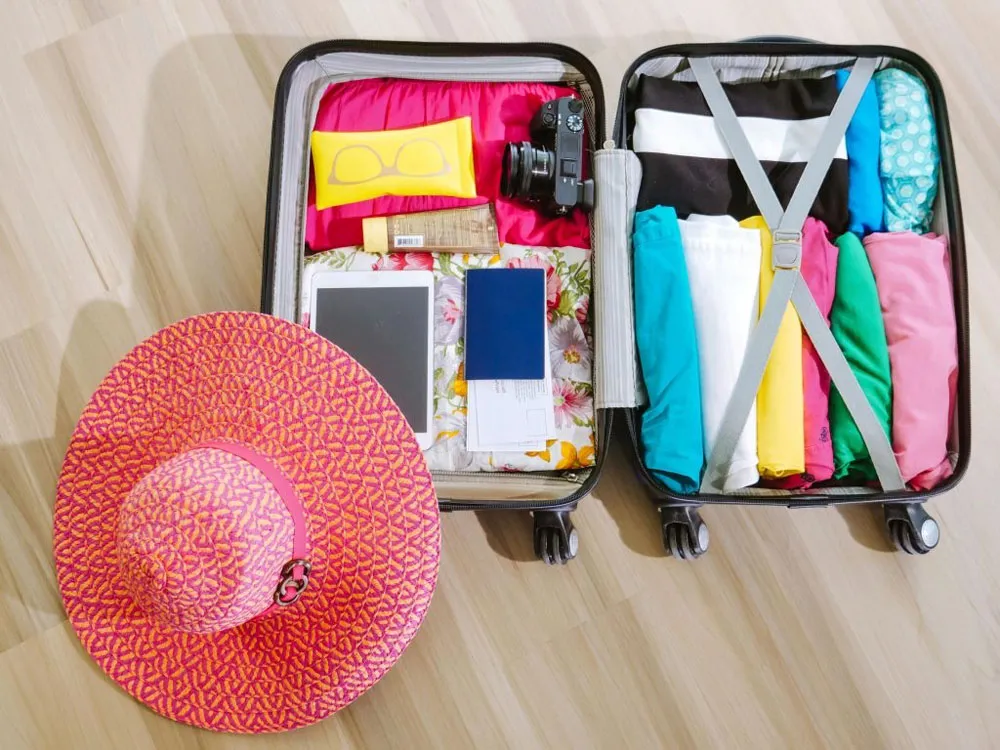
The last word: Why Laos deserves your time and your heart
Laos is not a checklist destination. It’s a place to be rather than do. It offers quiet adventure, gentle charm, and the kind of moments that deepen your love for travel.
In a world of fast everything, Laos reminds us to slow down. And in doing so, it just might change the way you see the world.
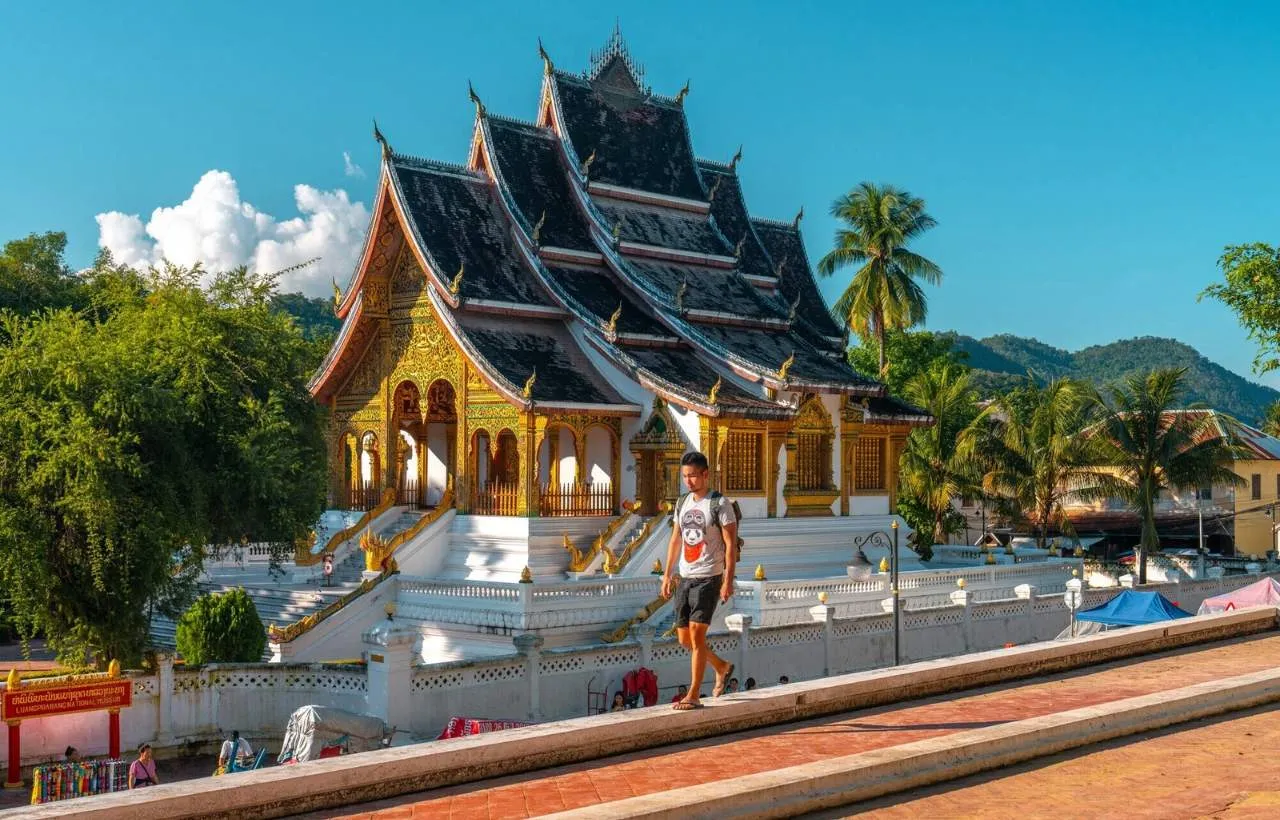
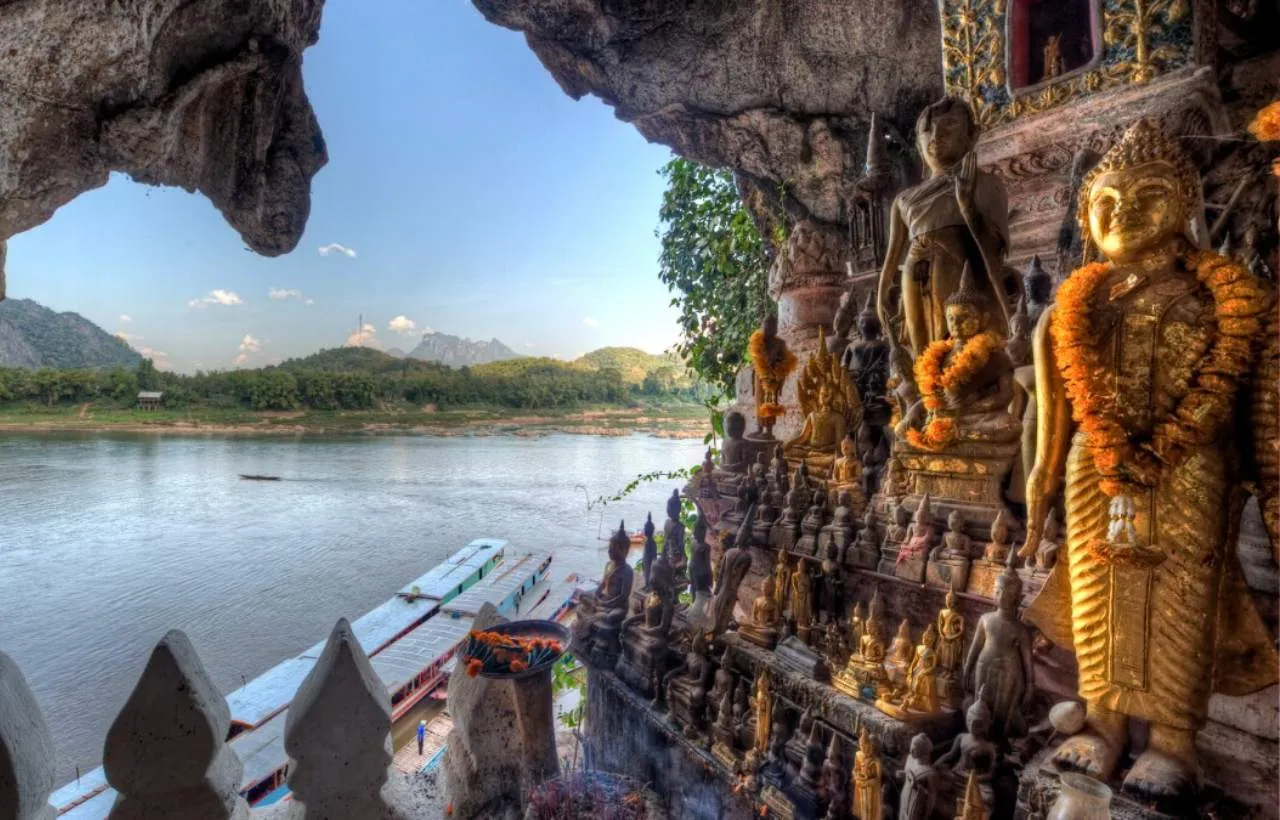
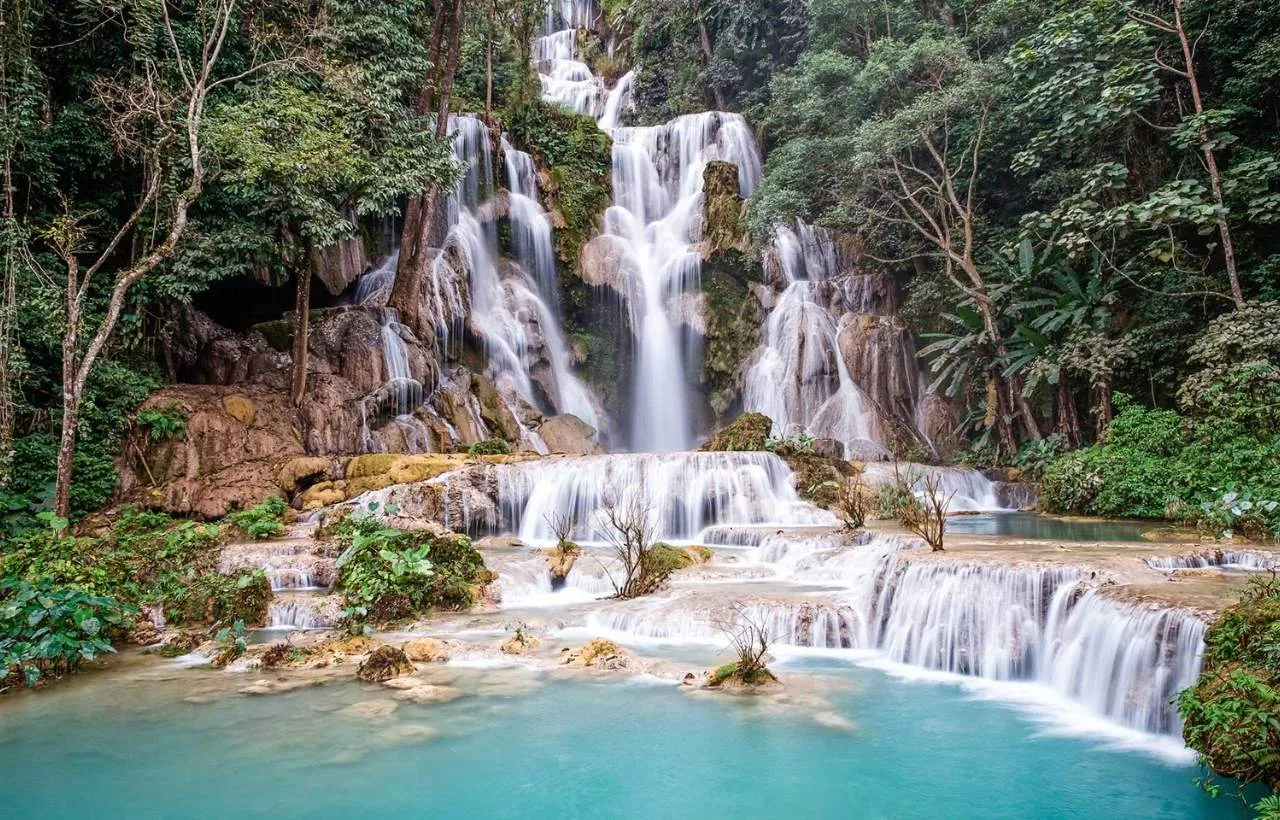
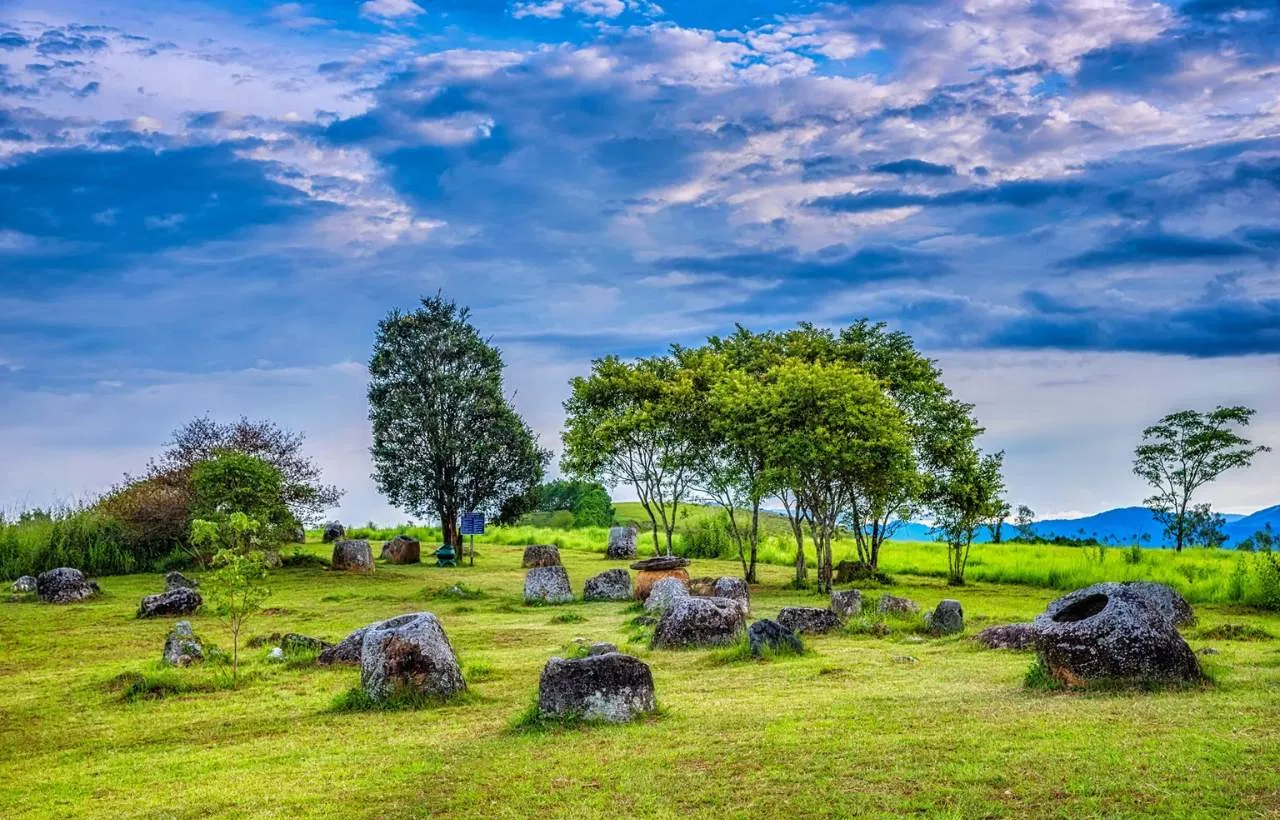
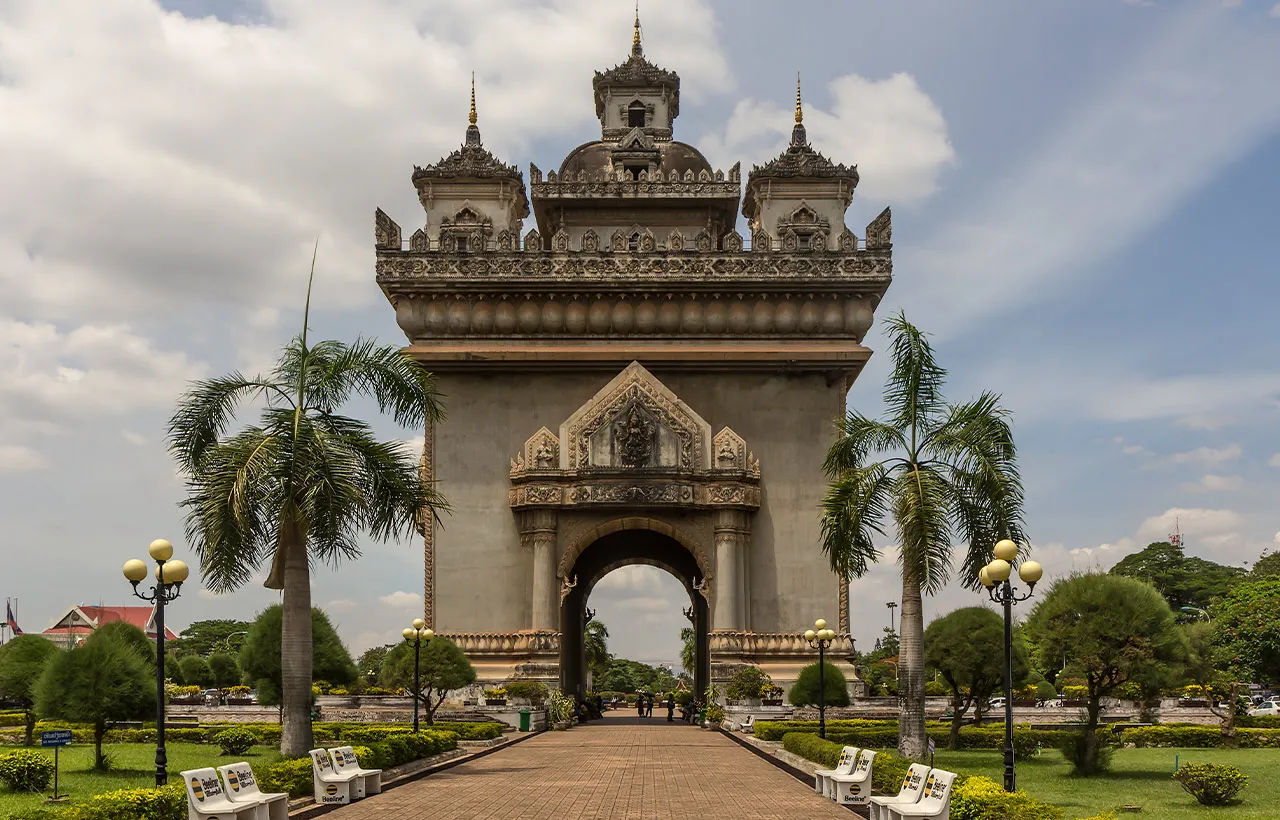
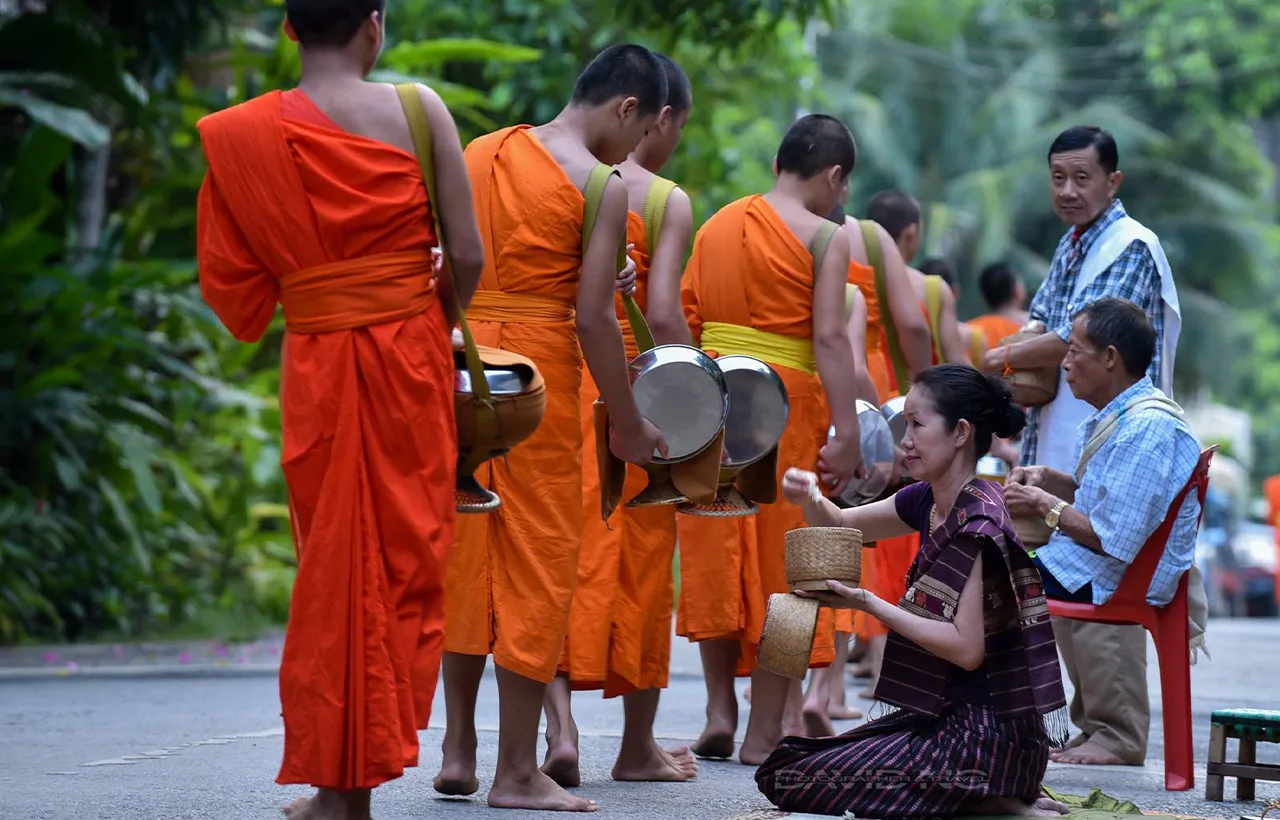
































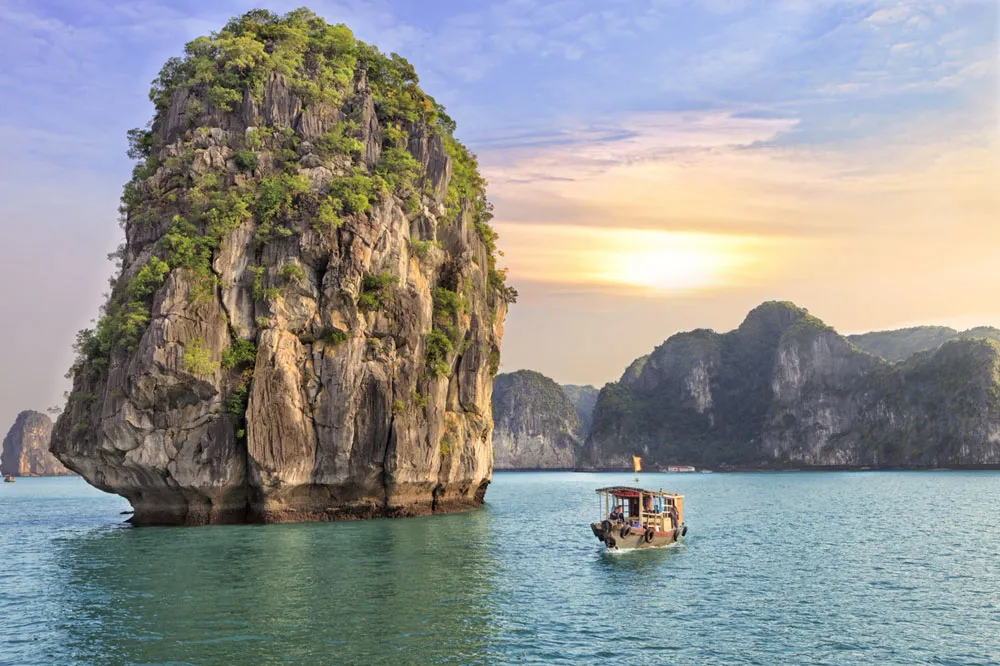


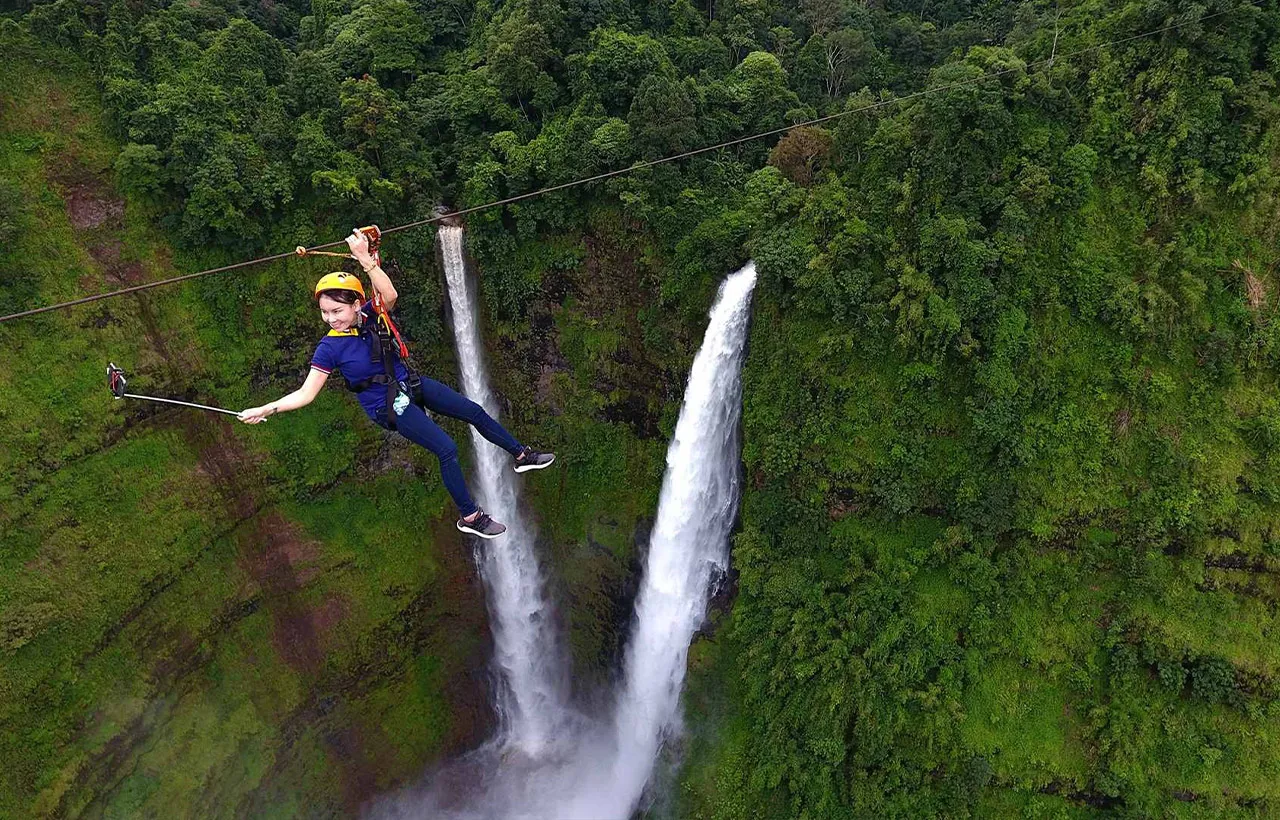
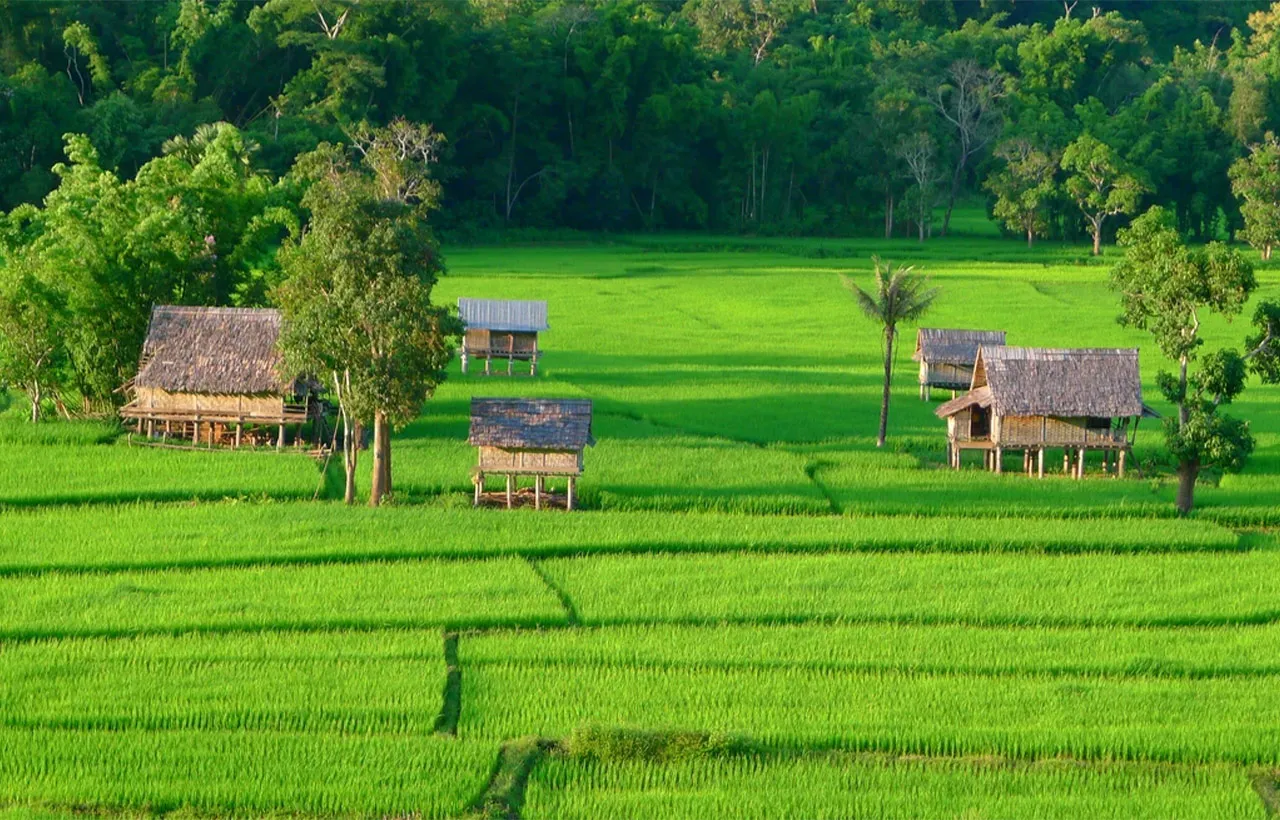
 View trip map
View trip map
